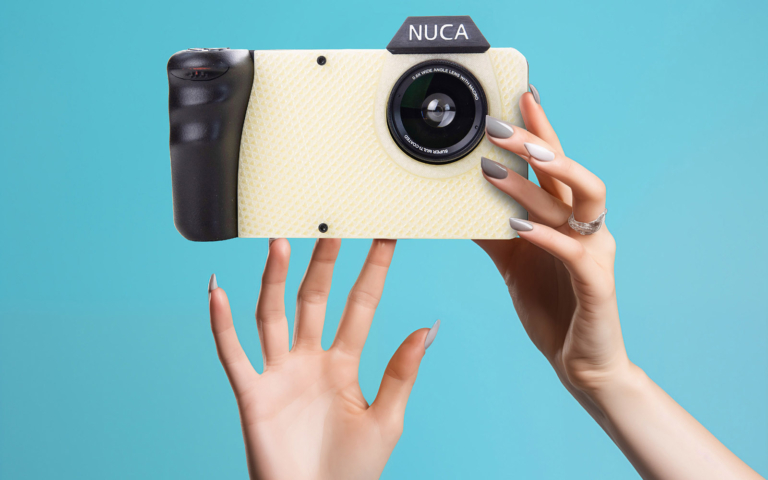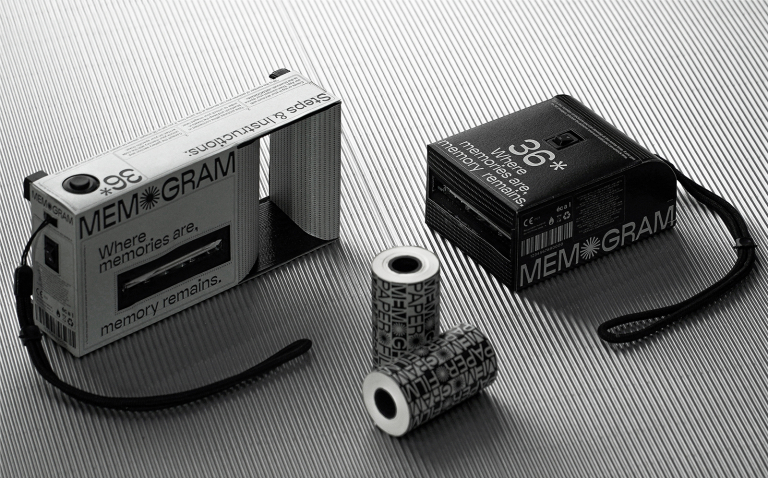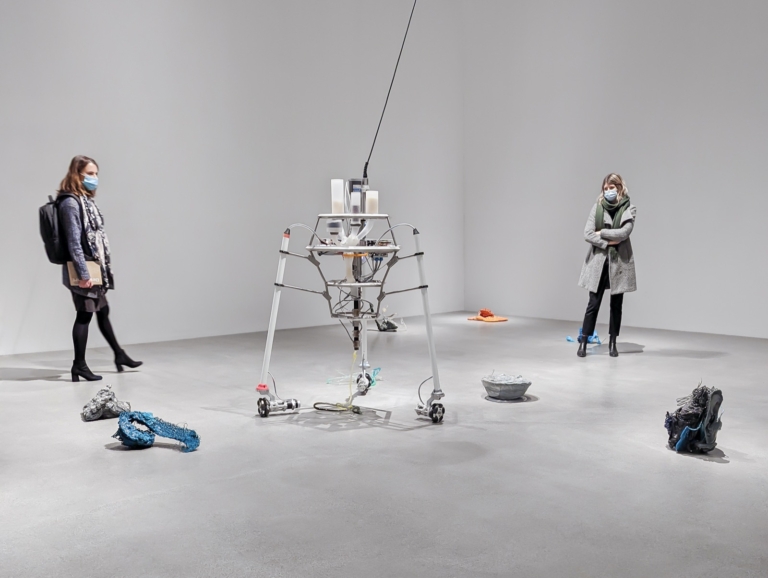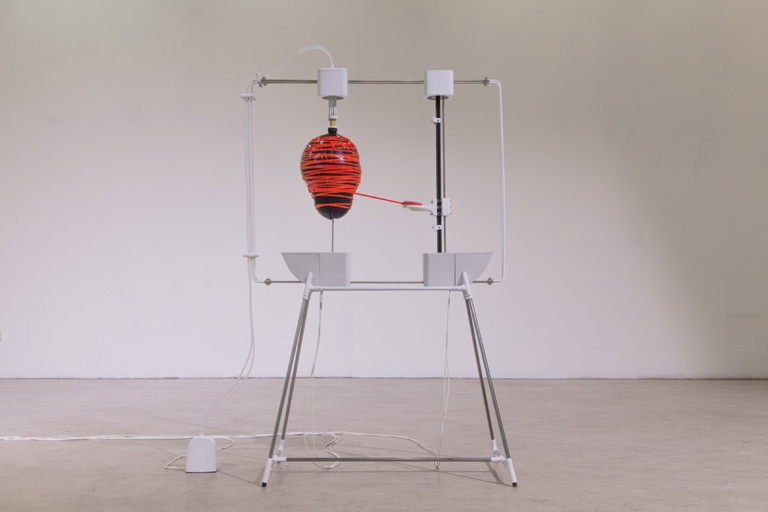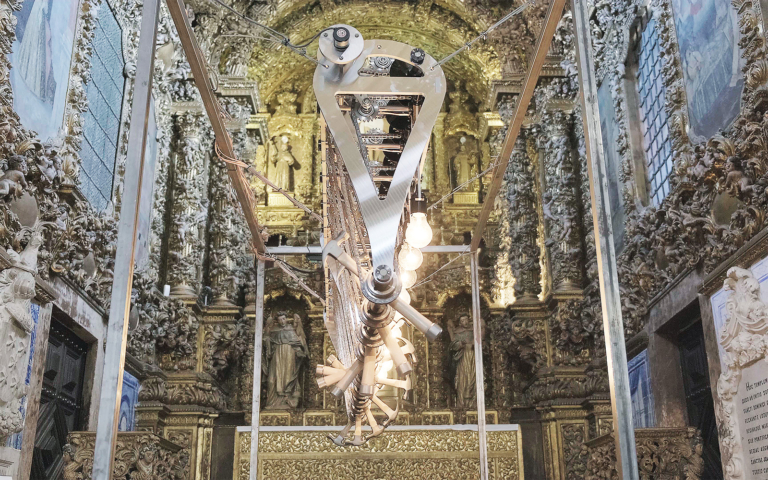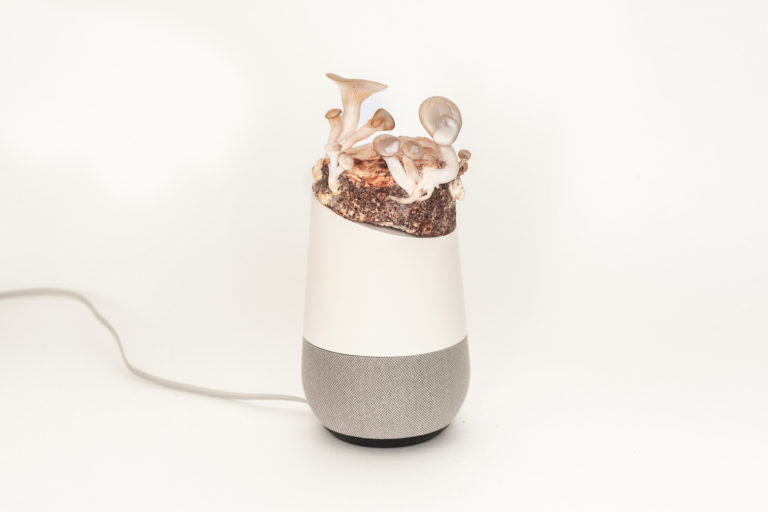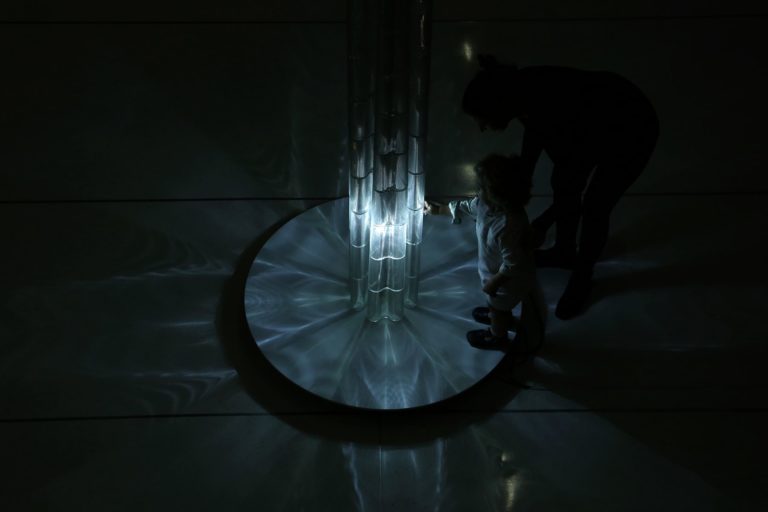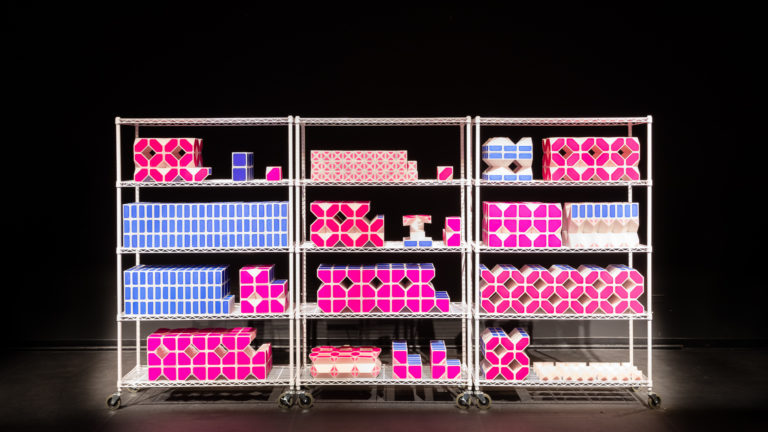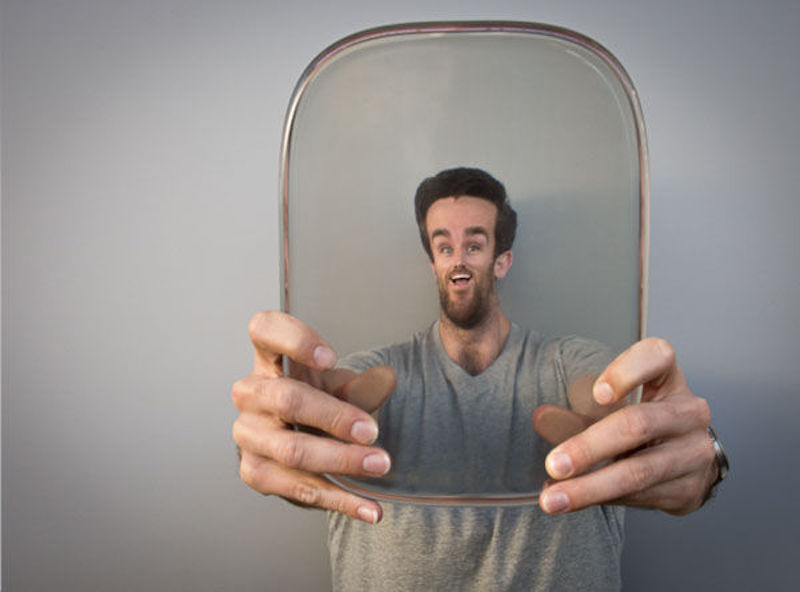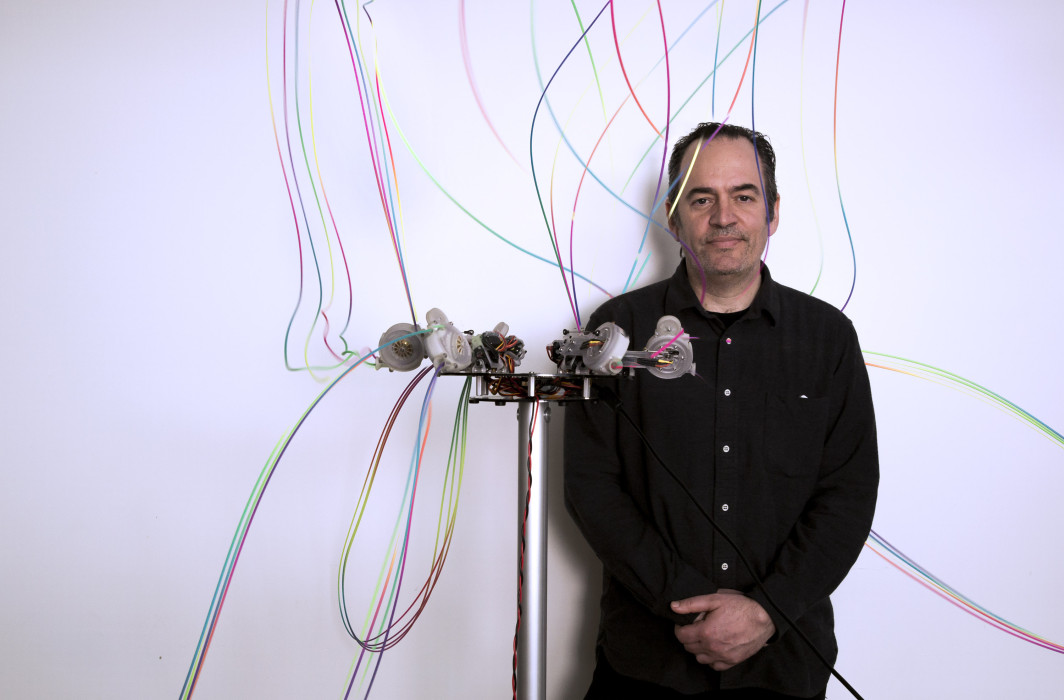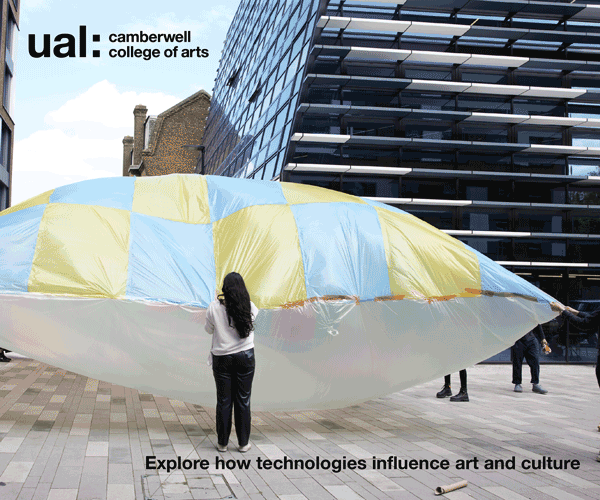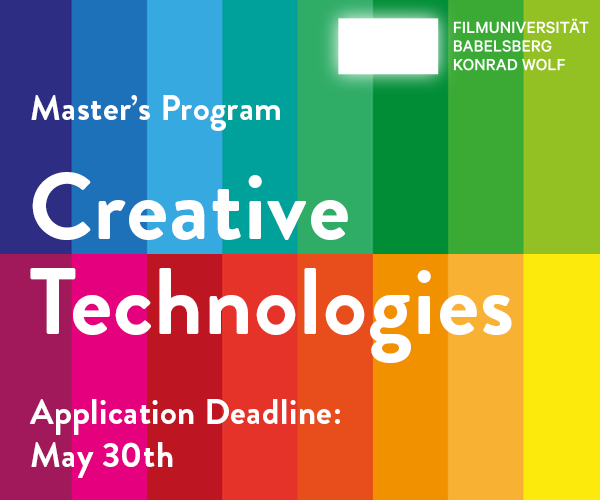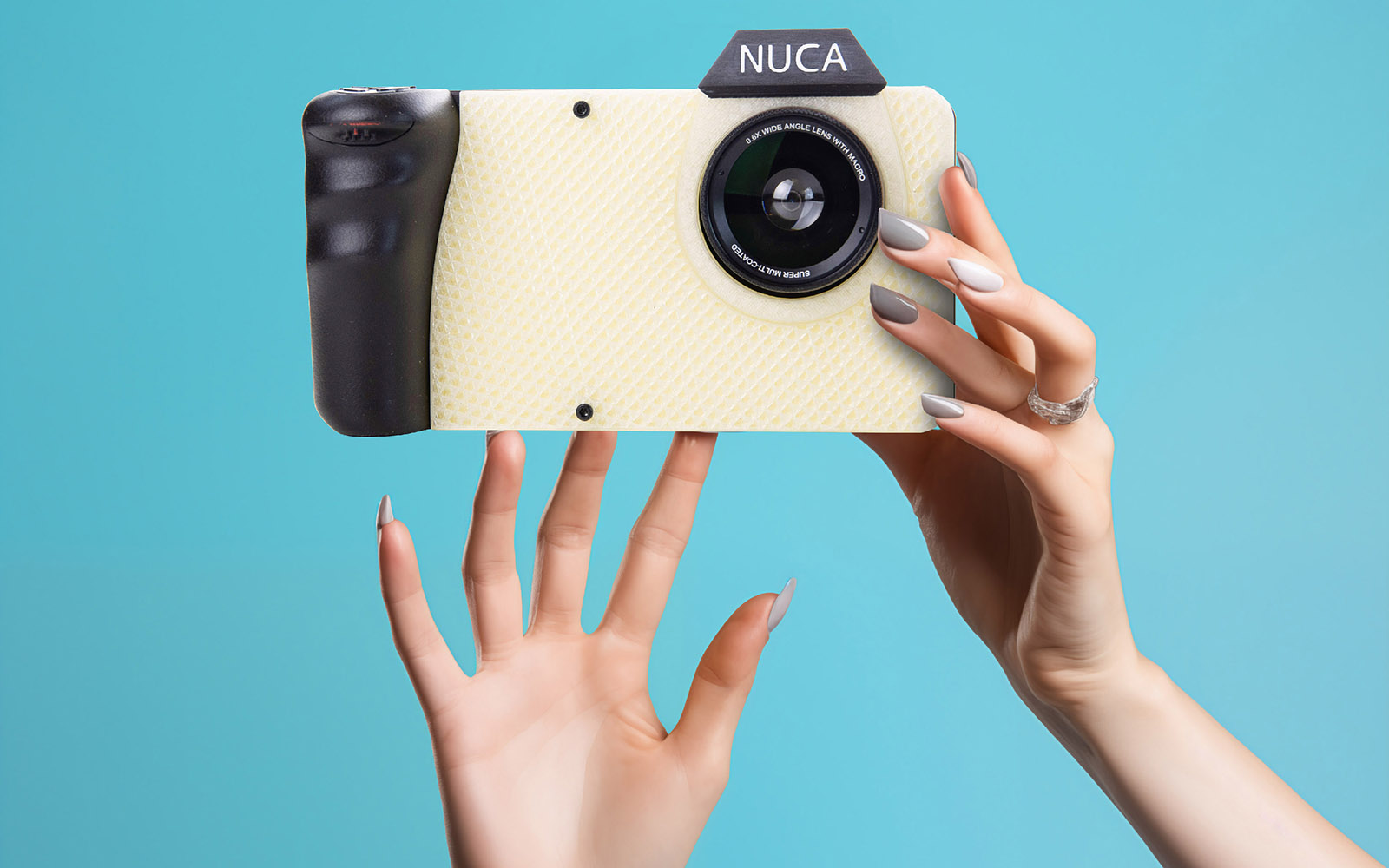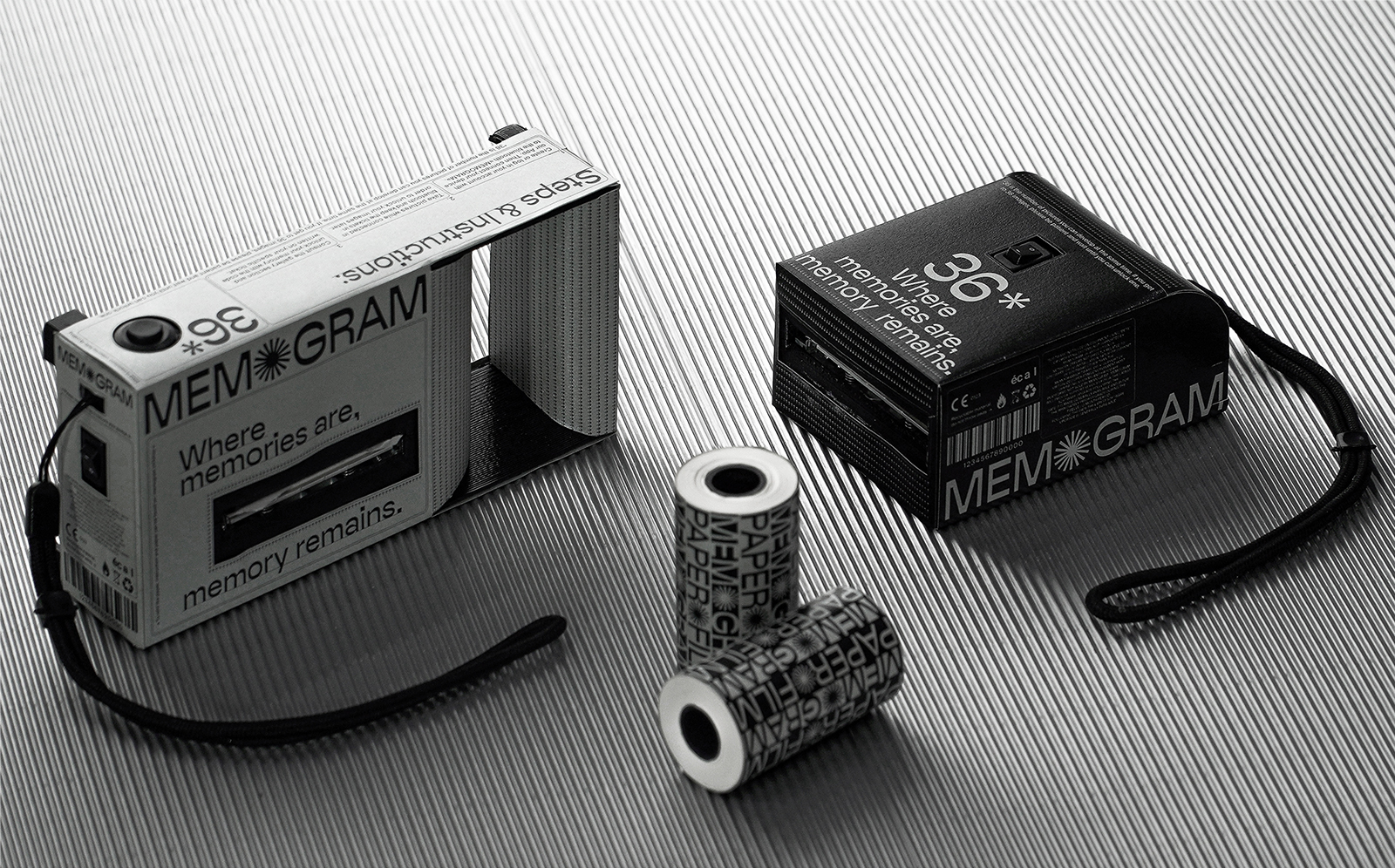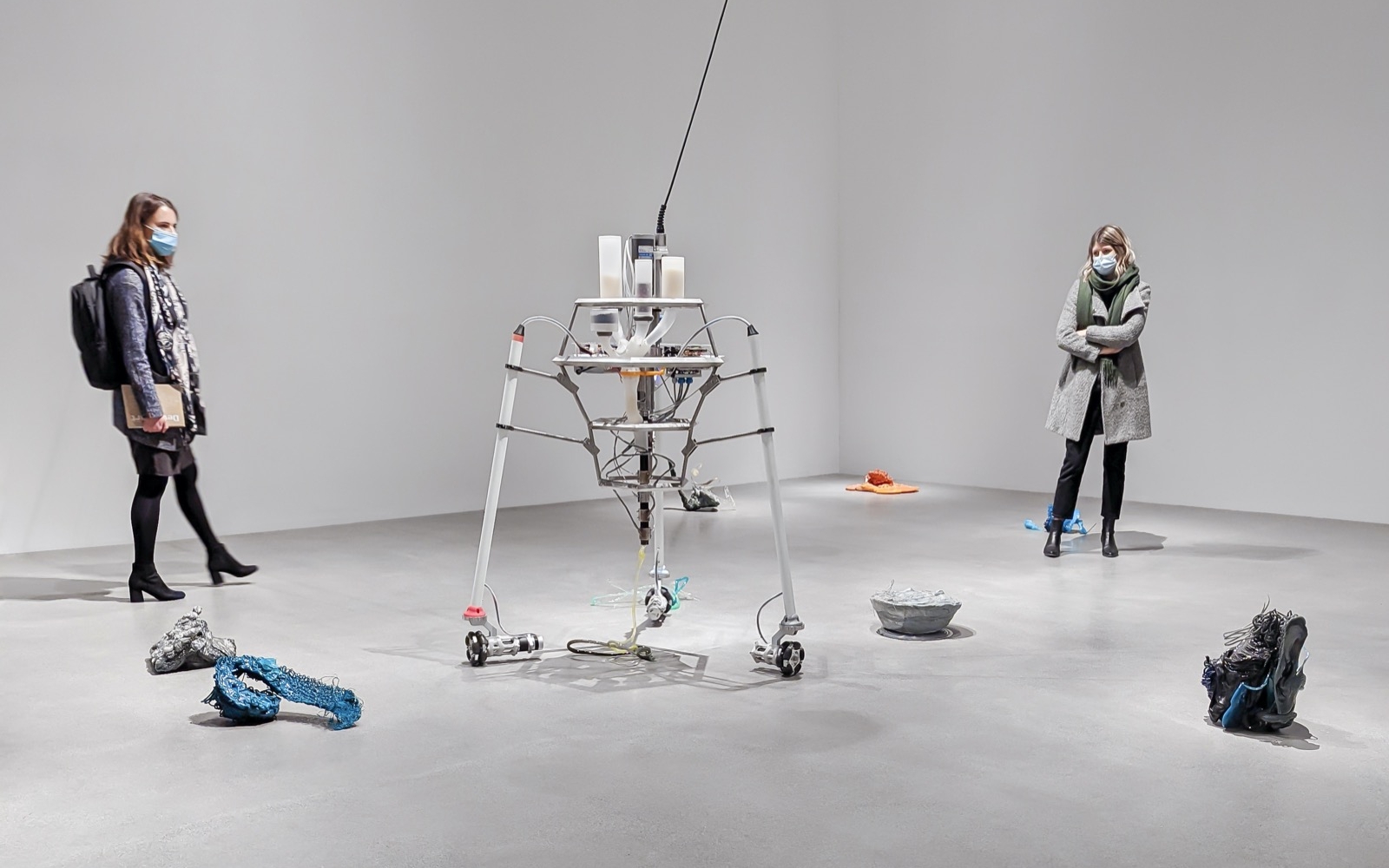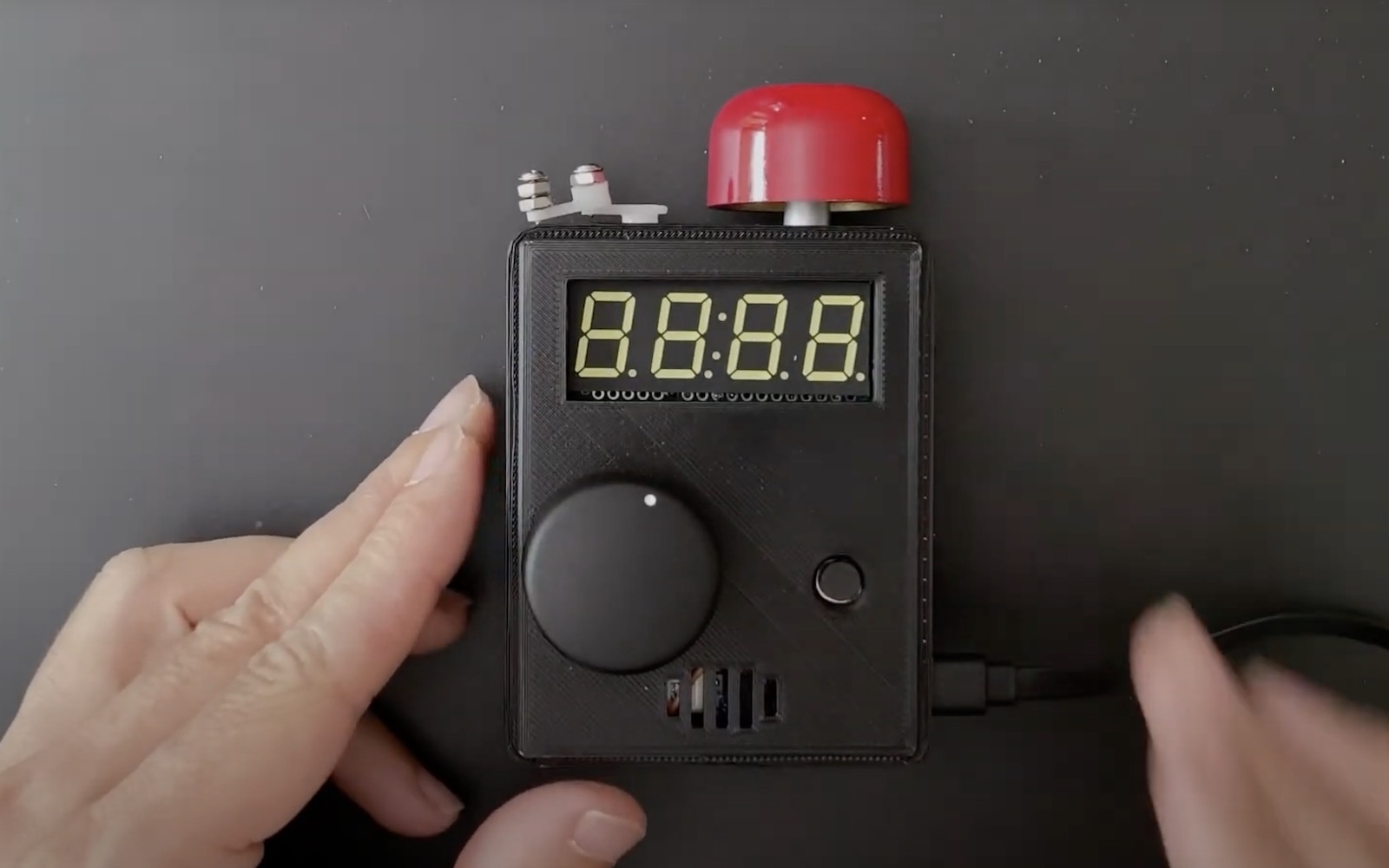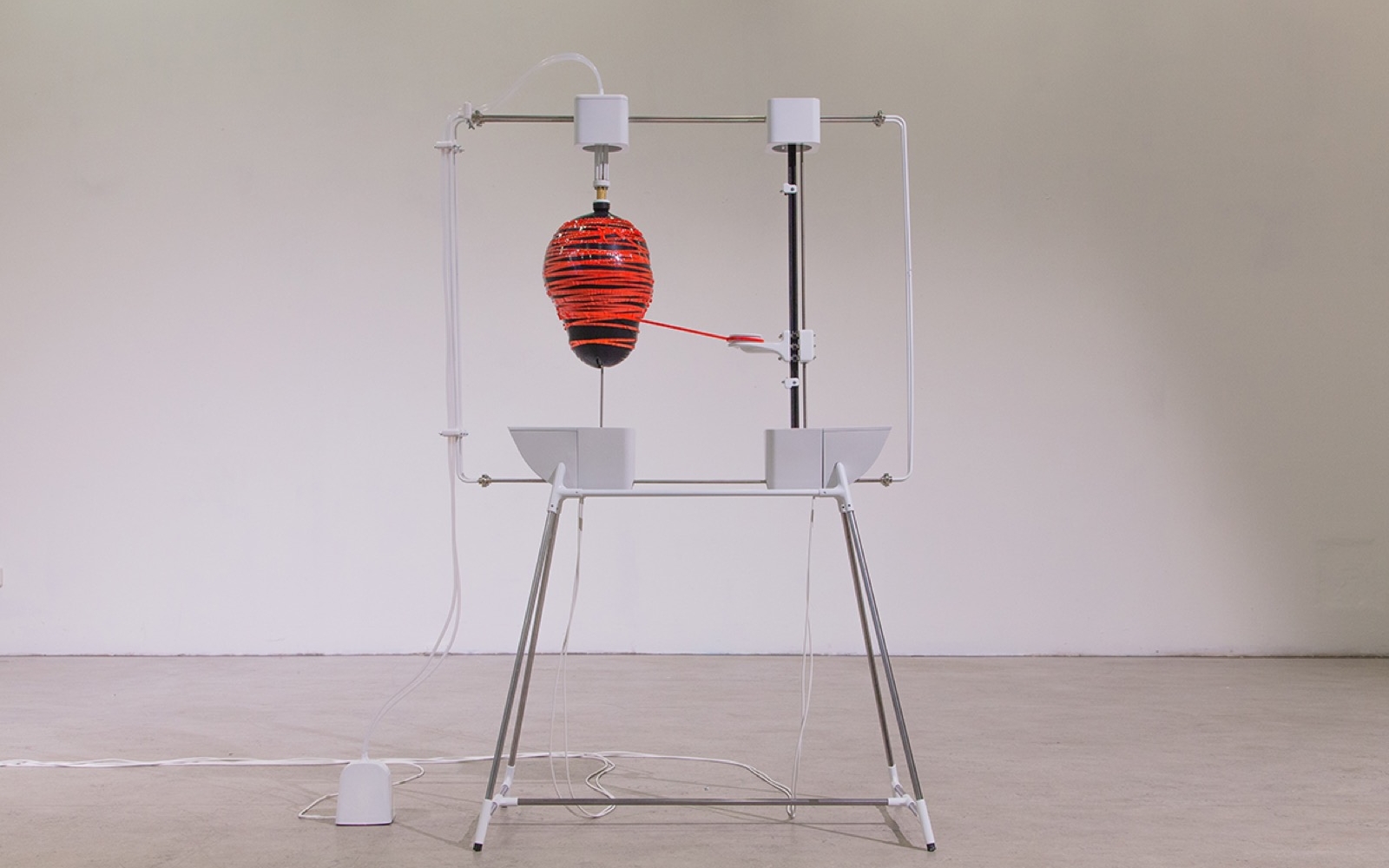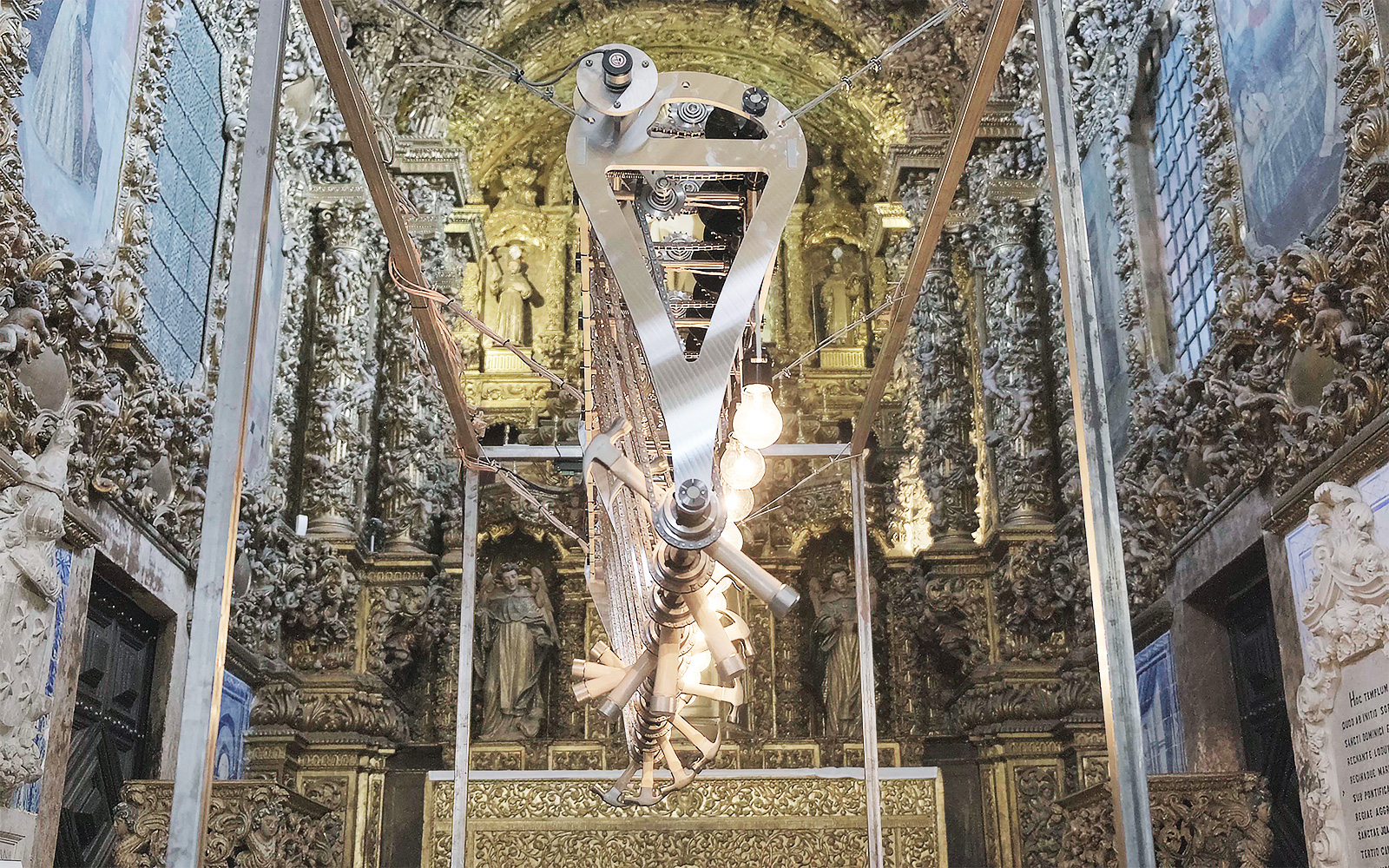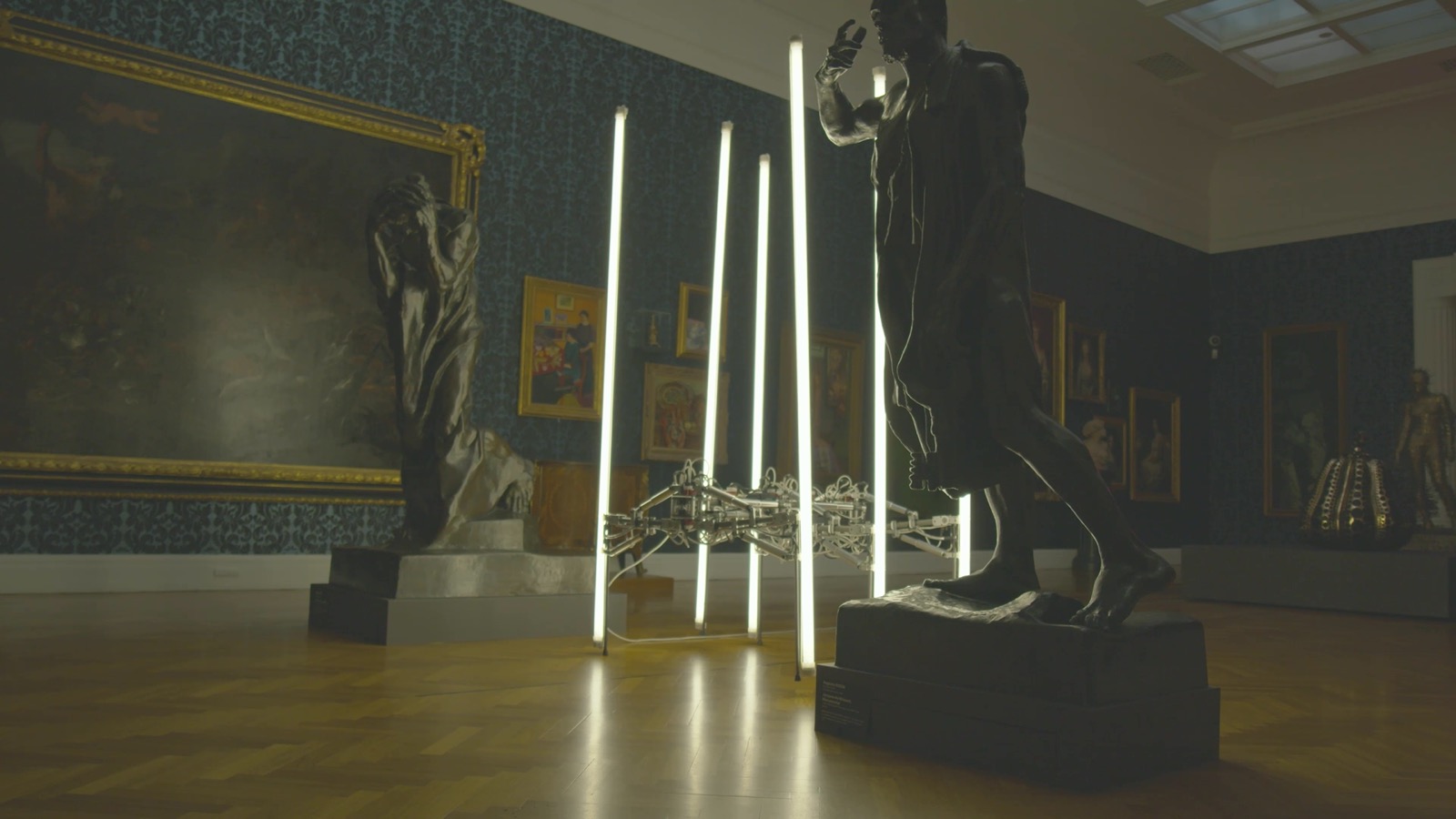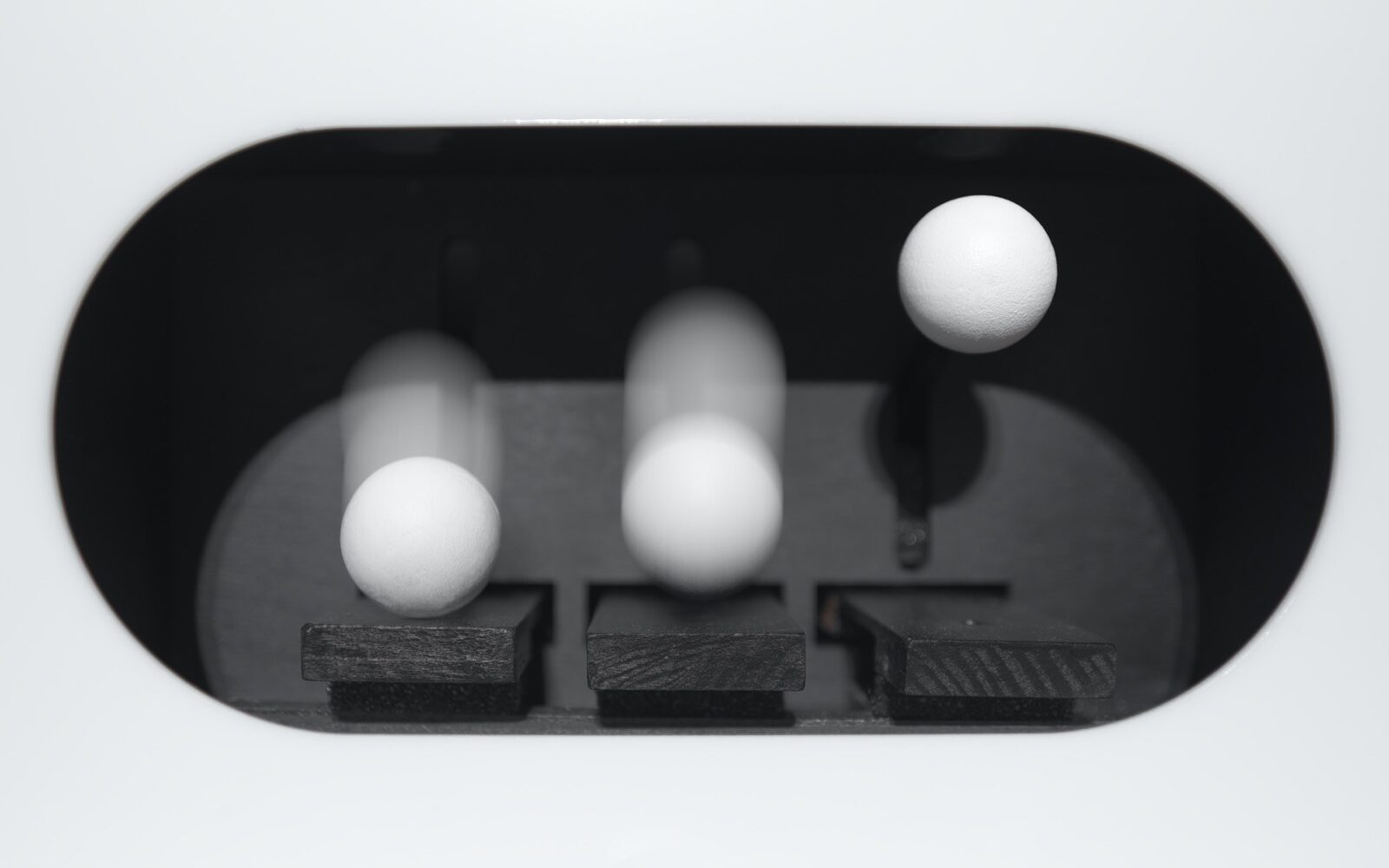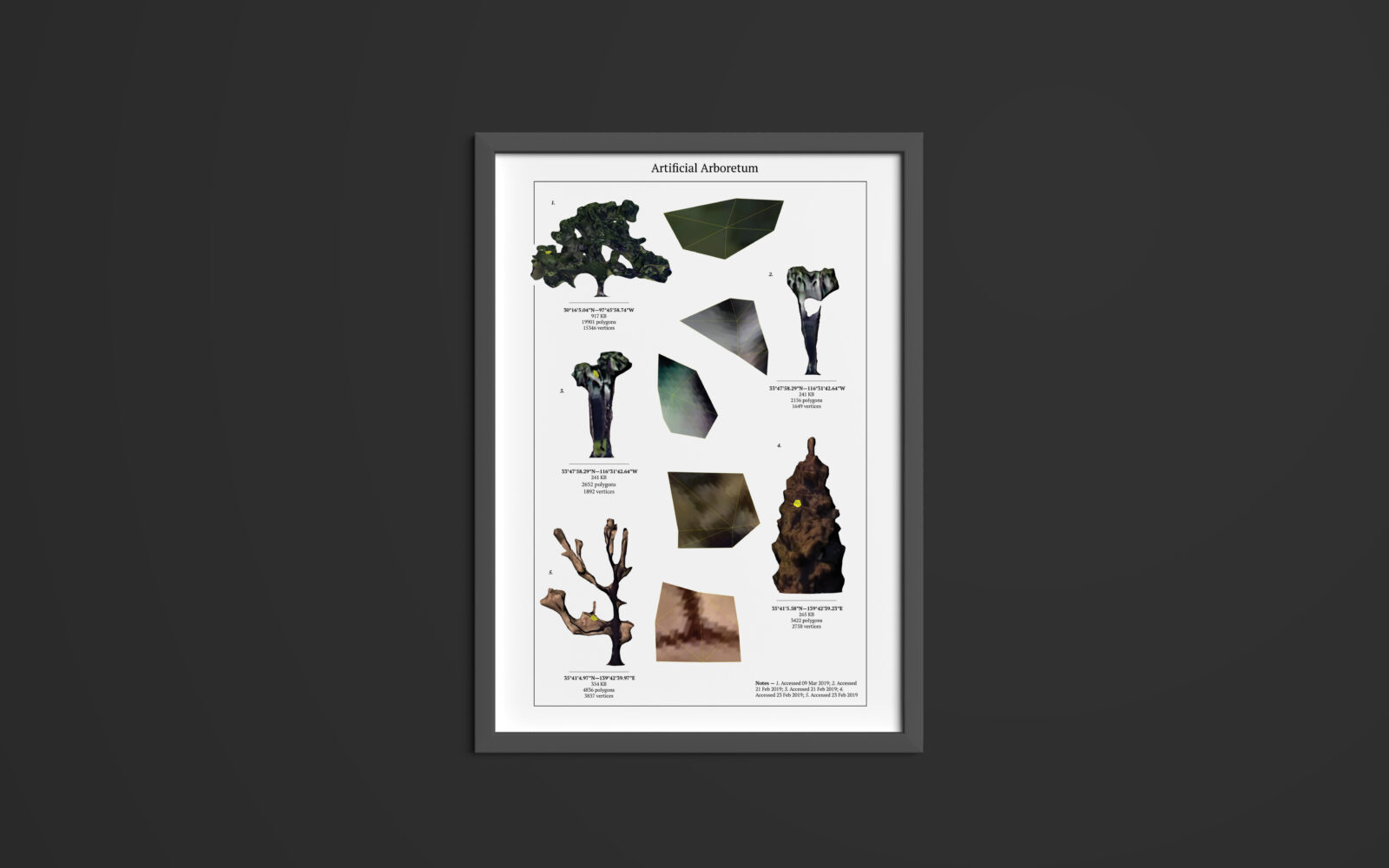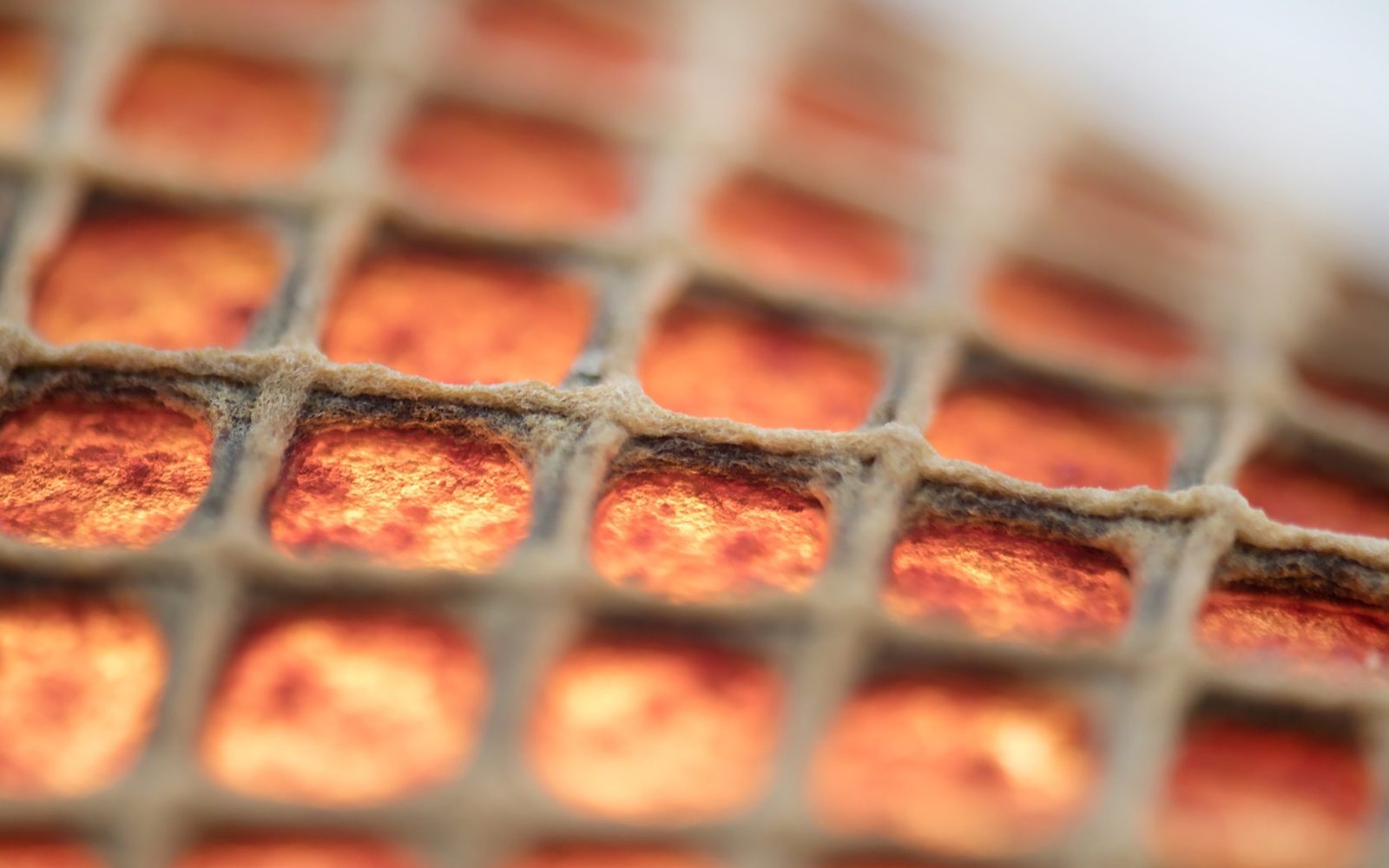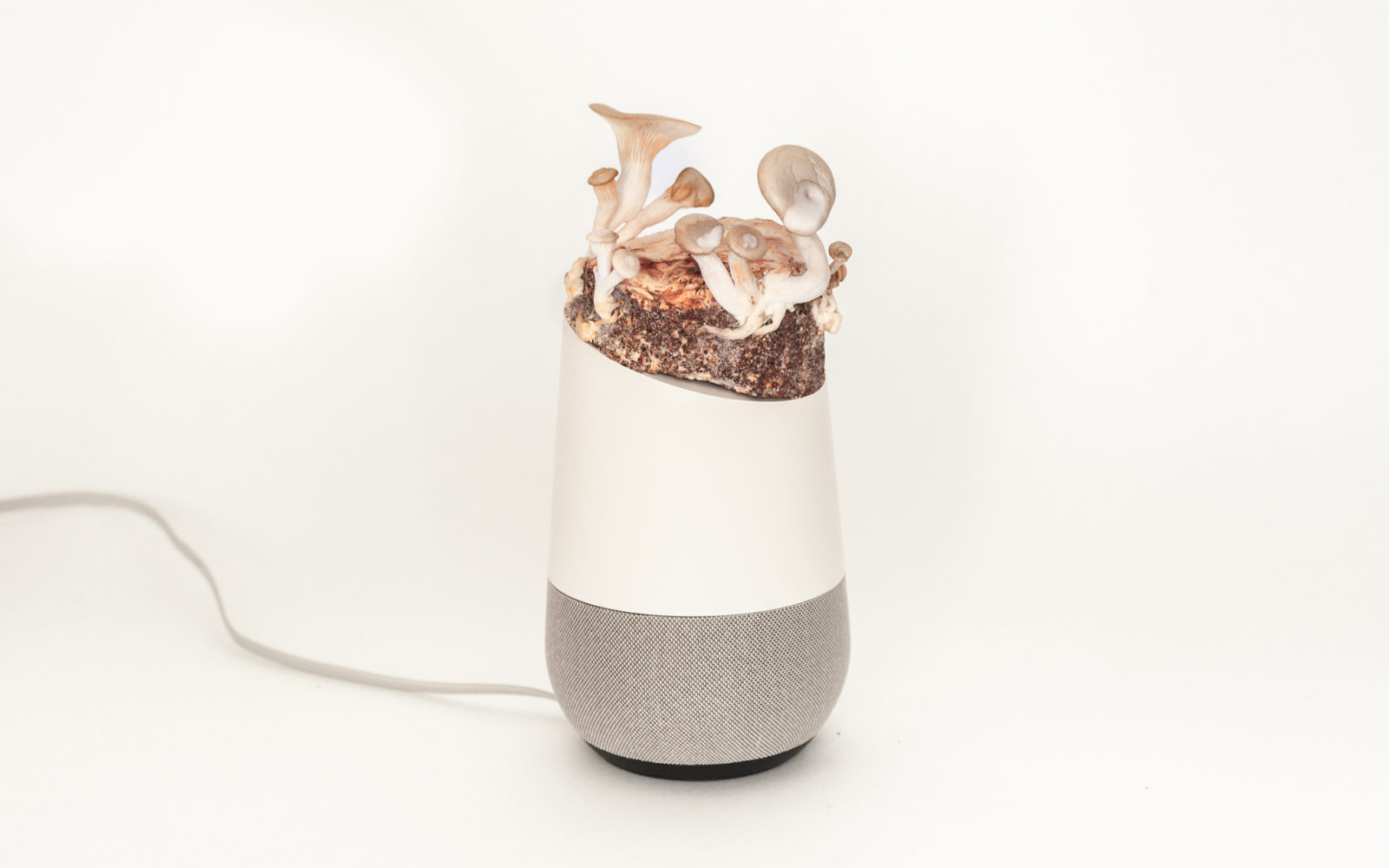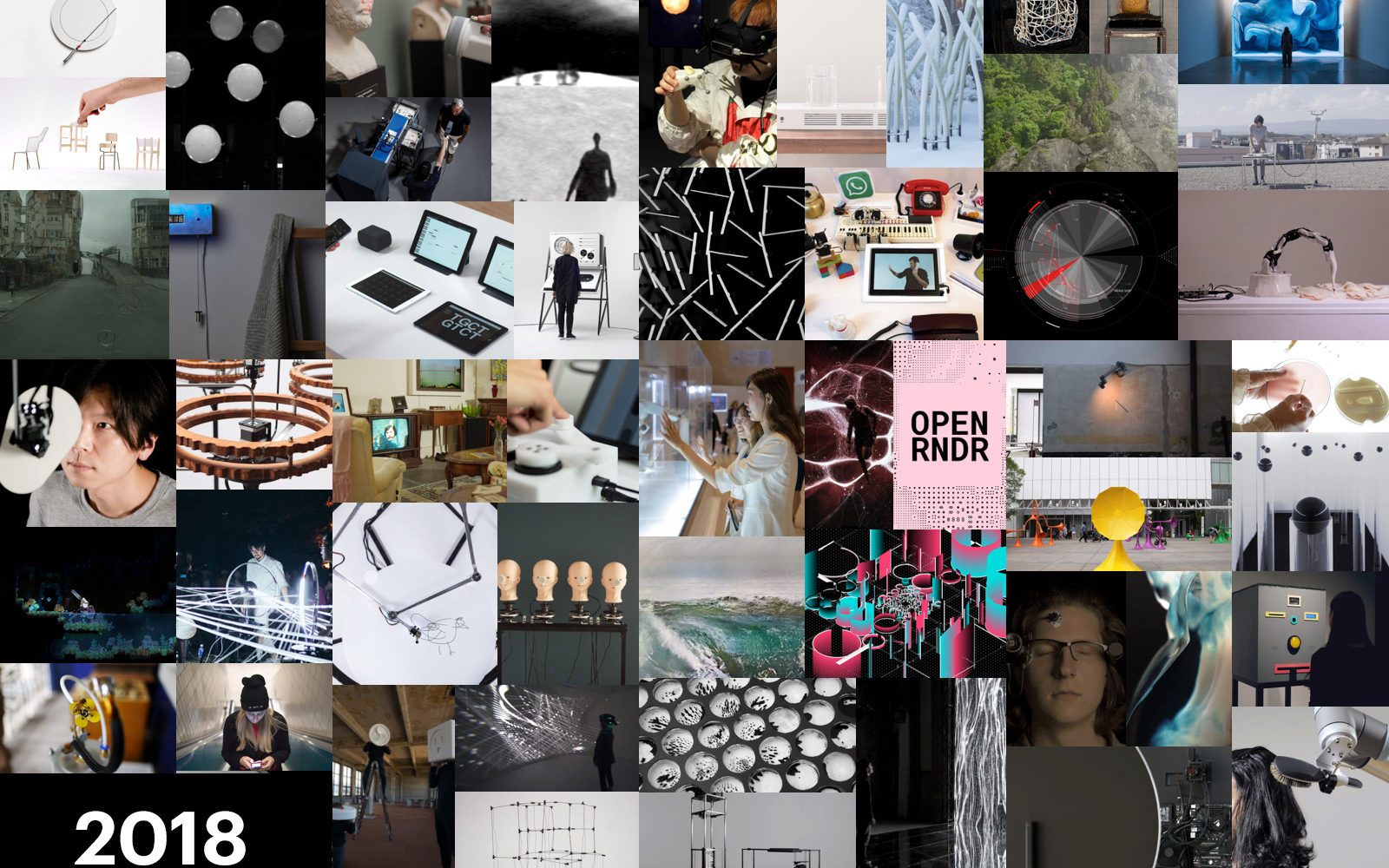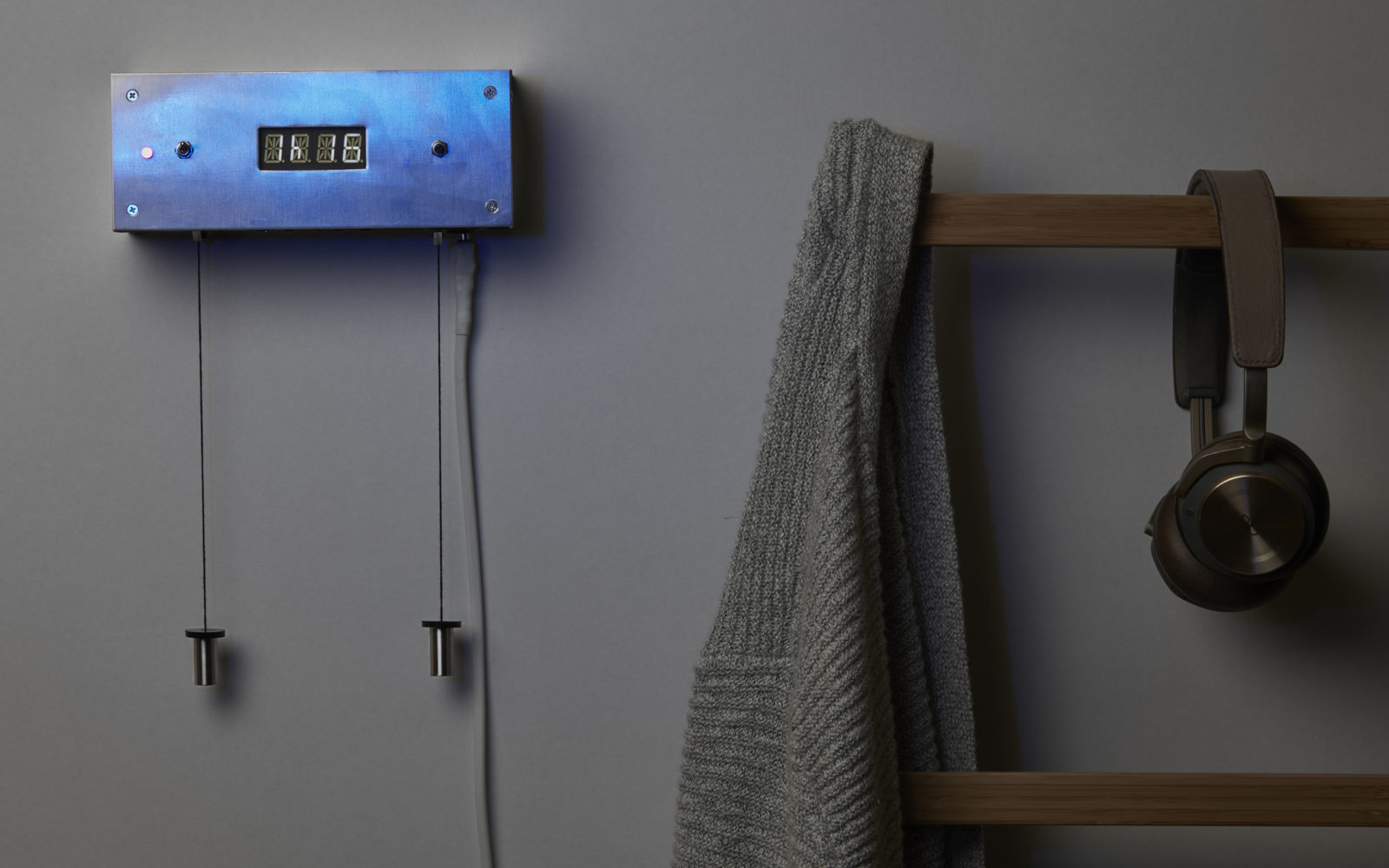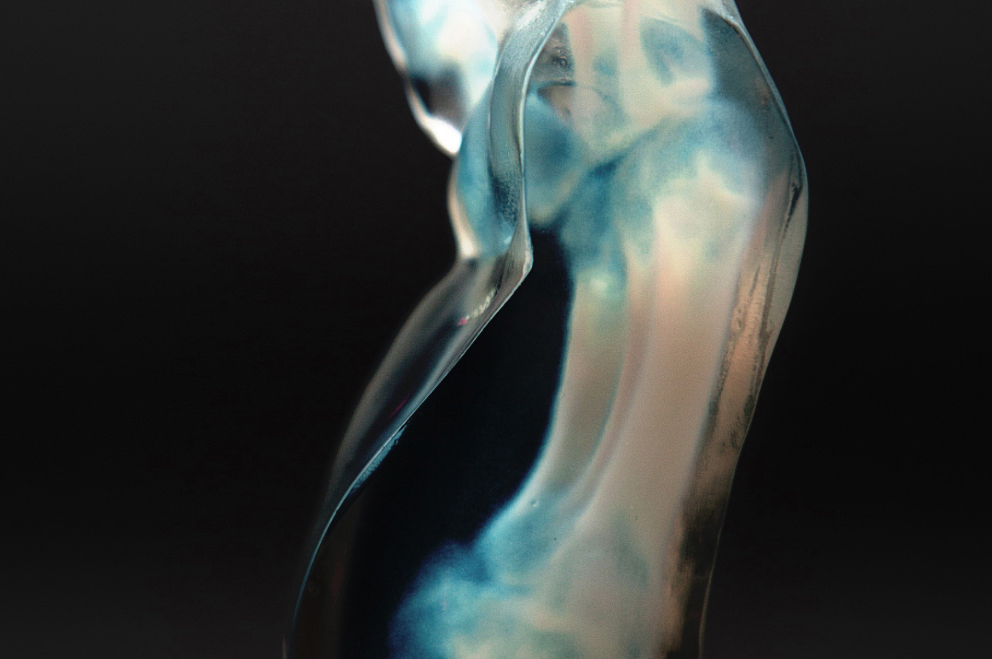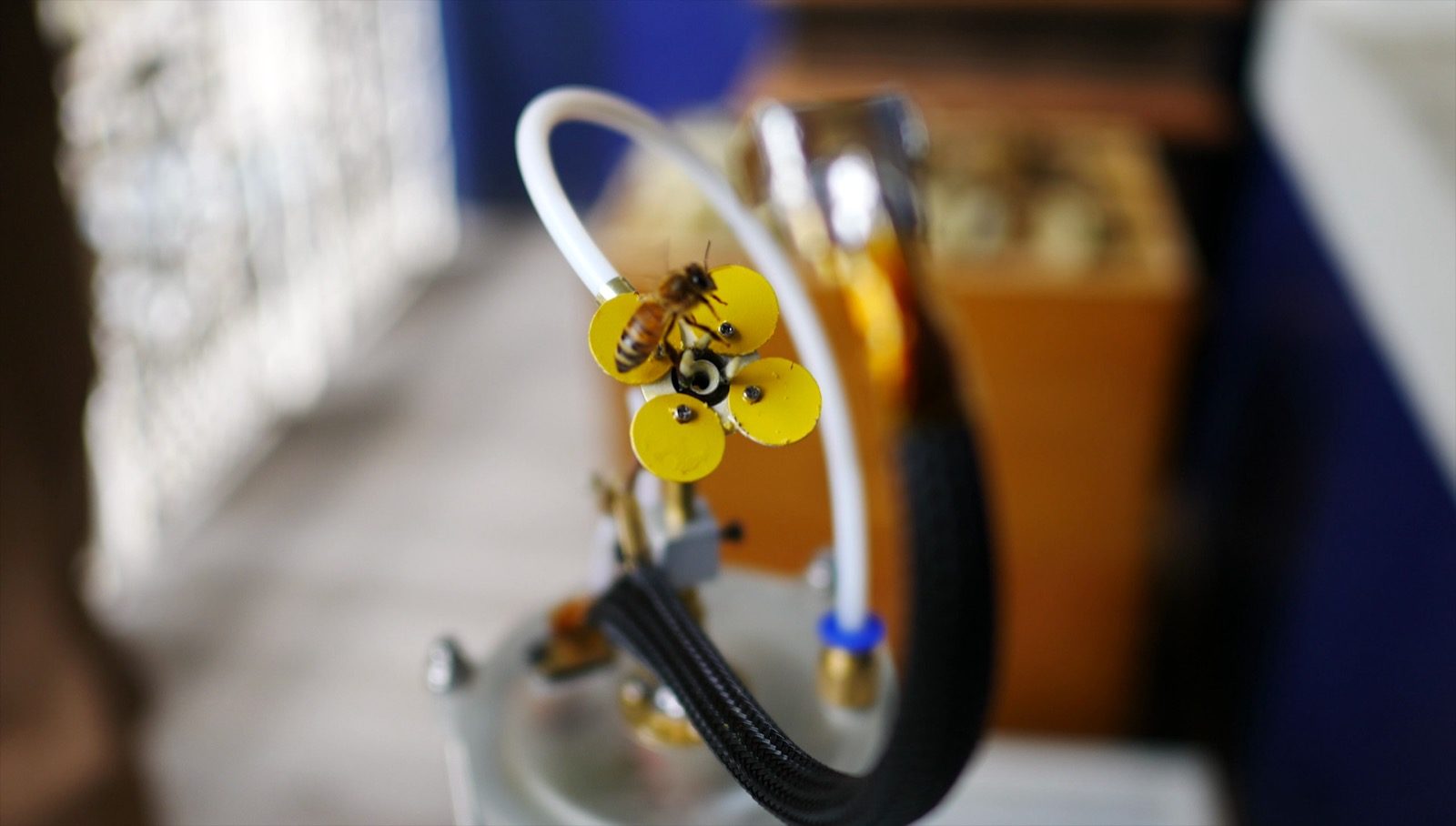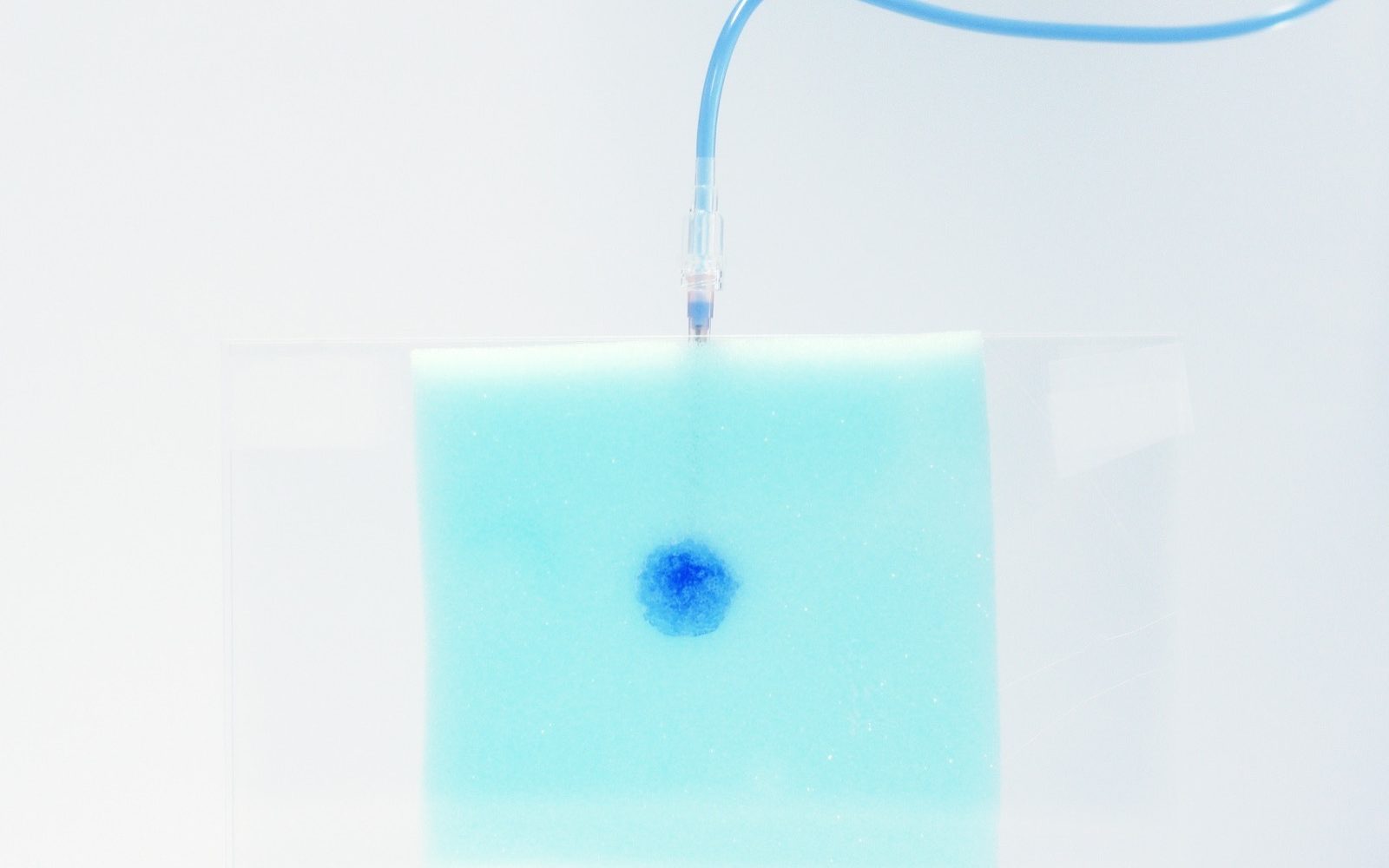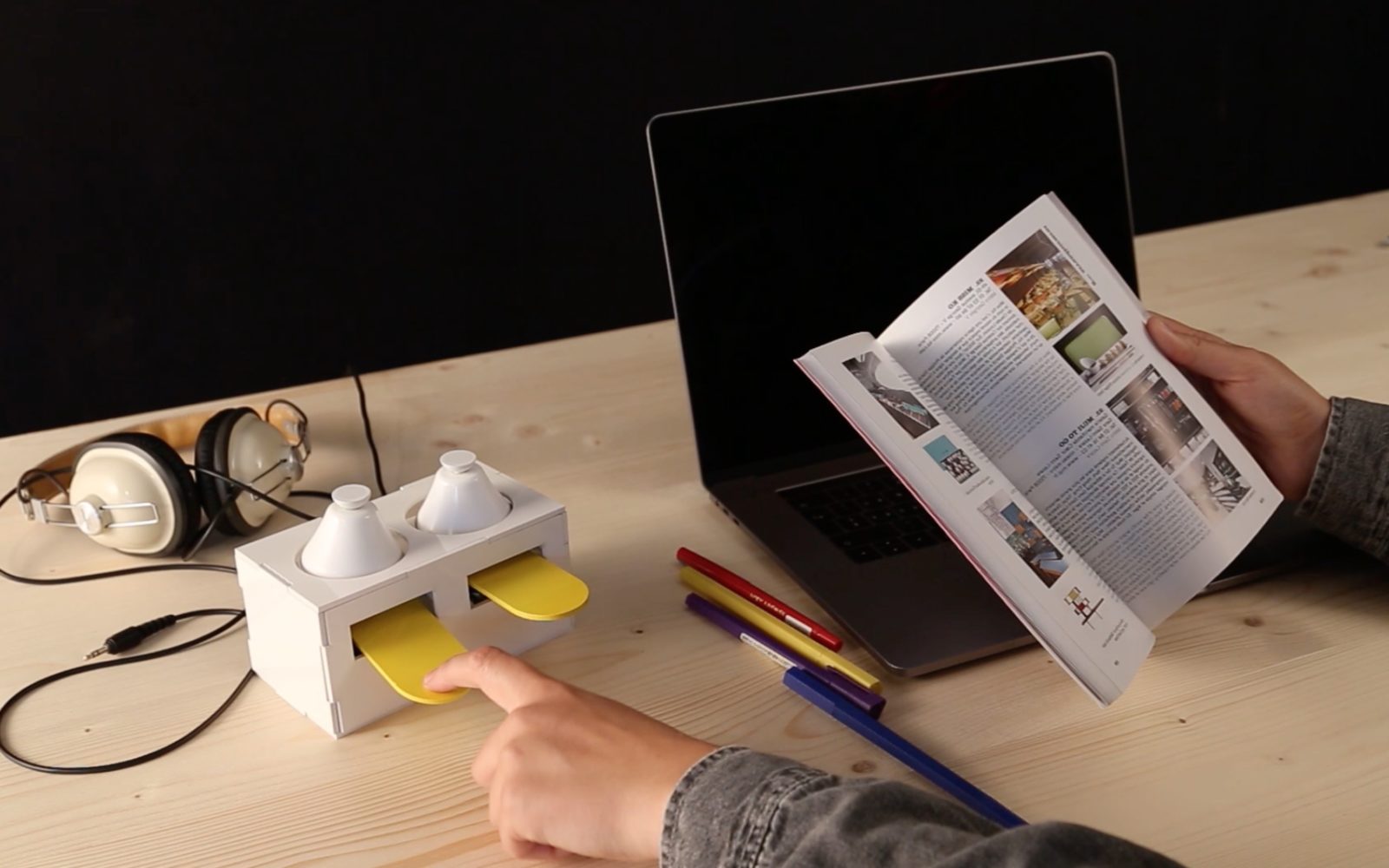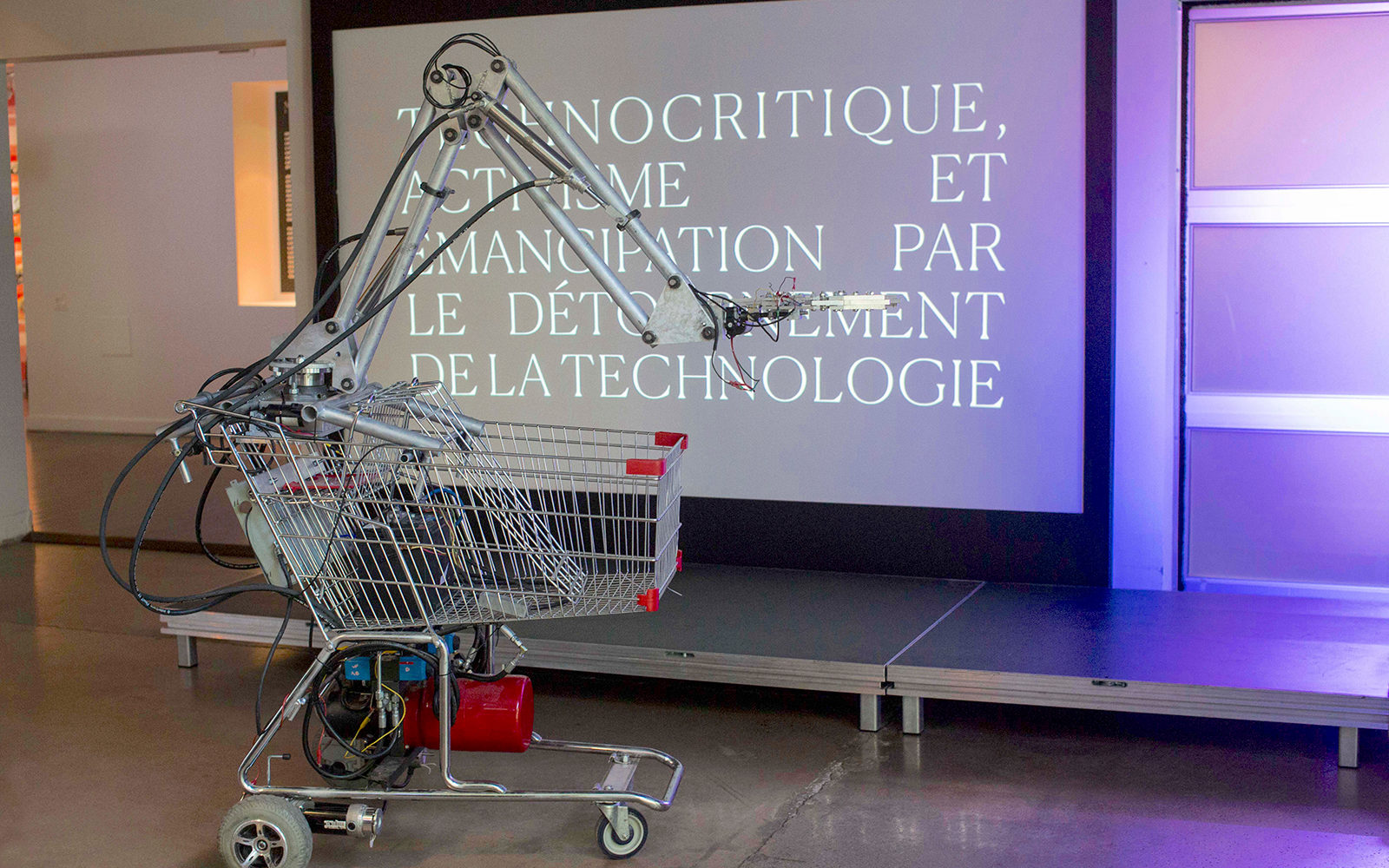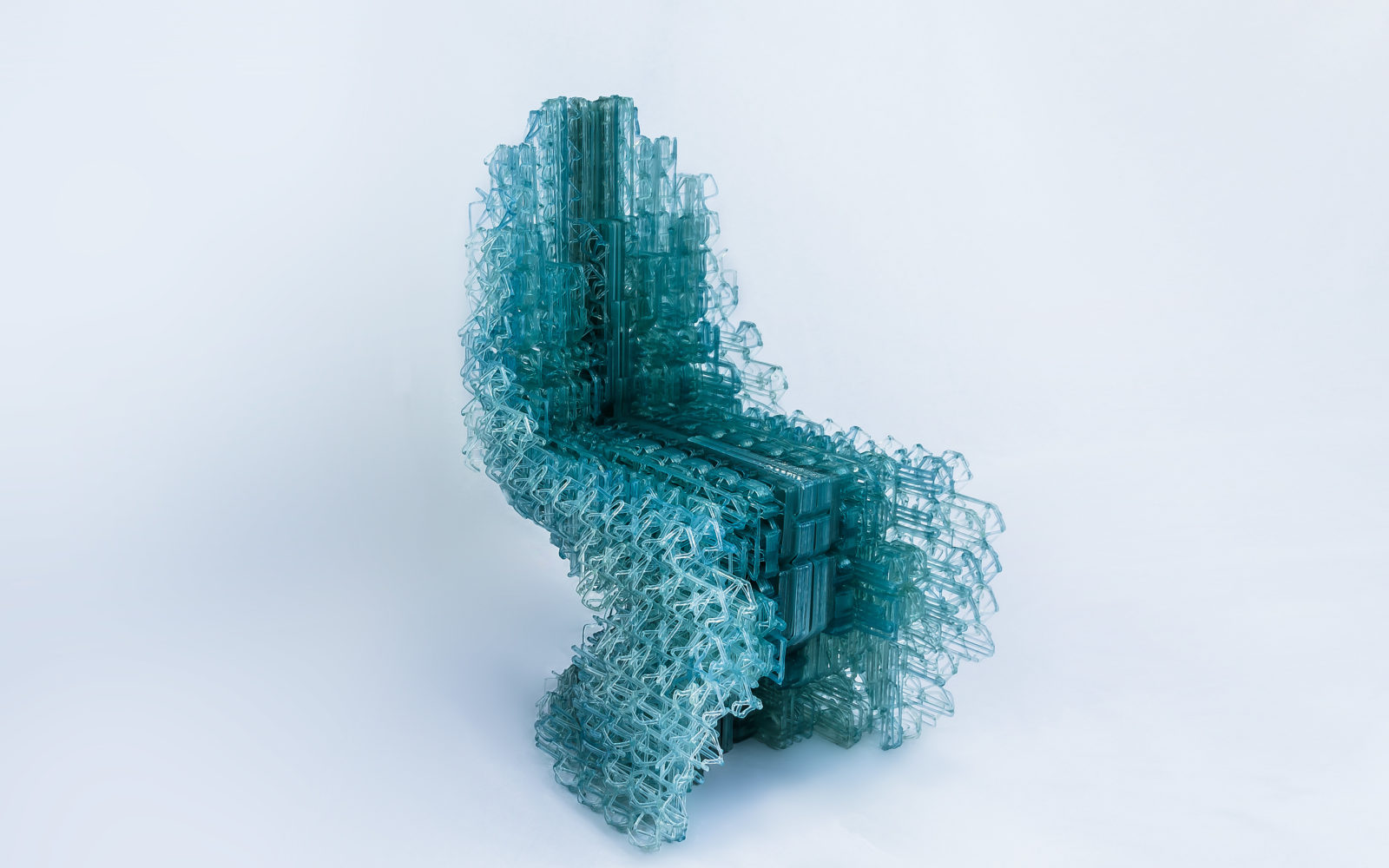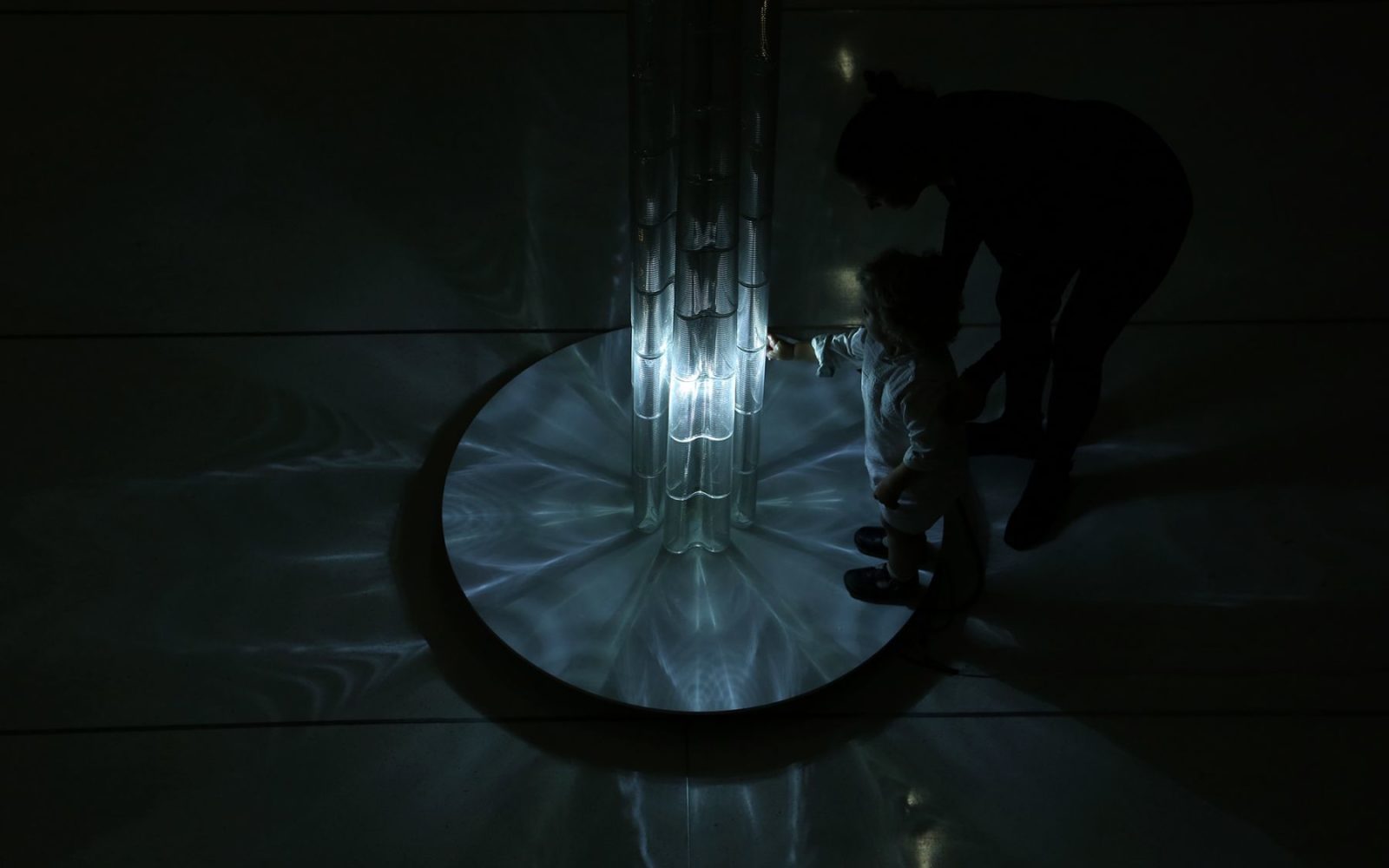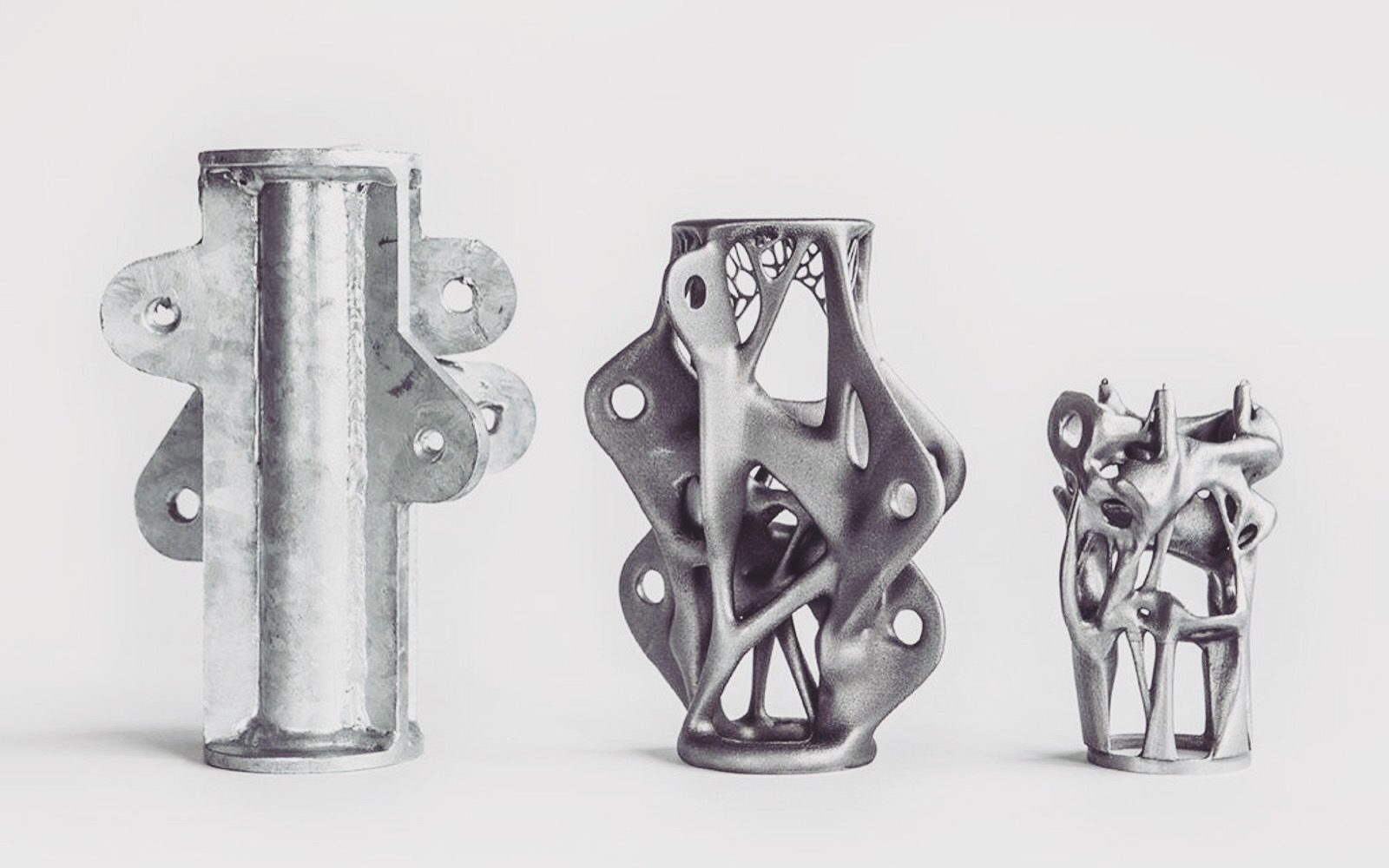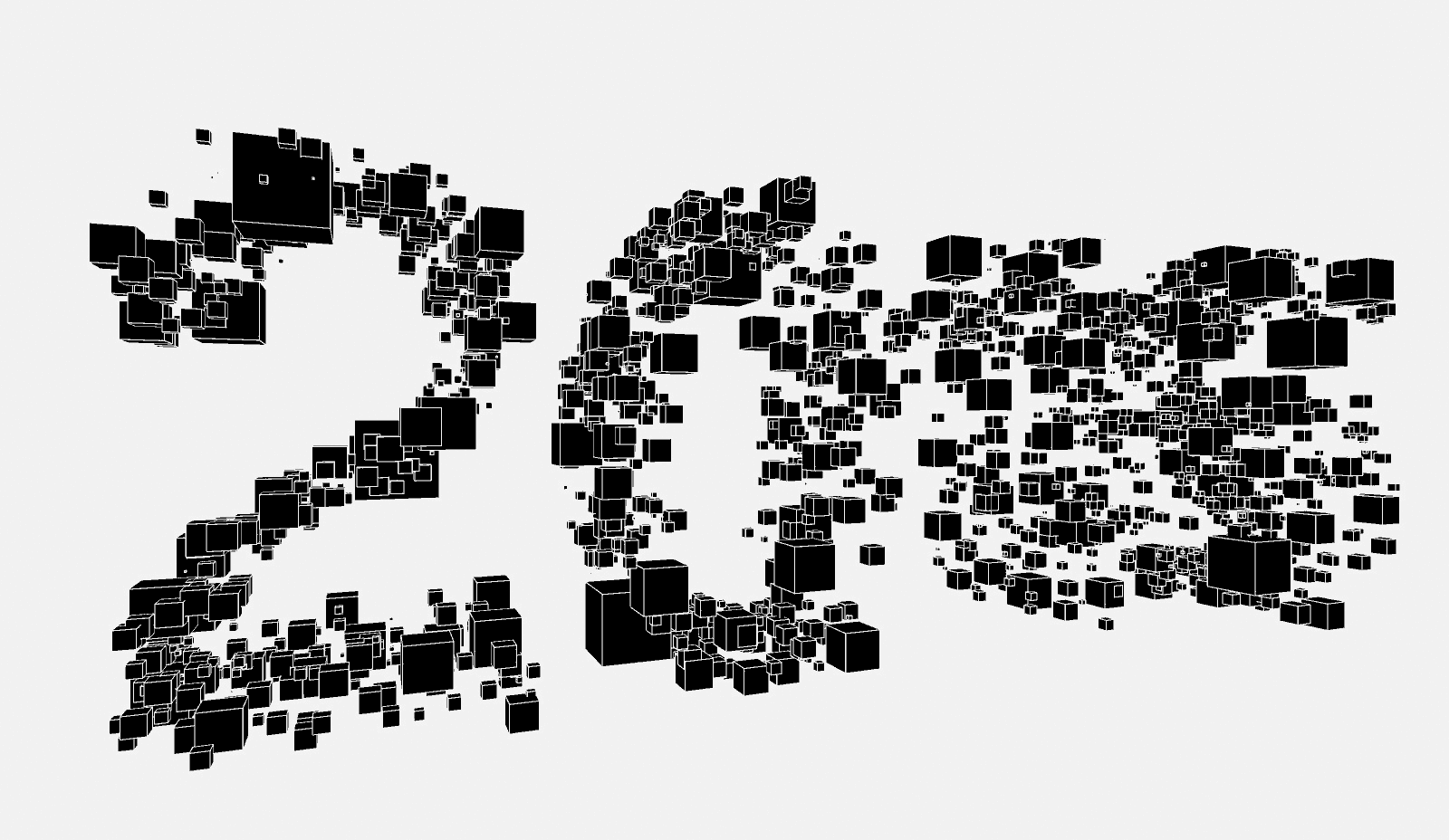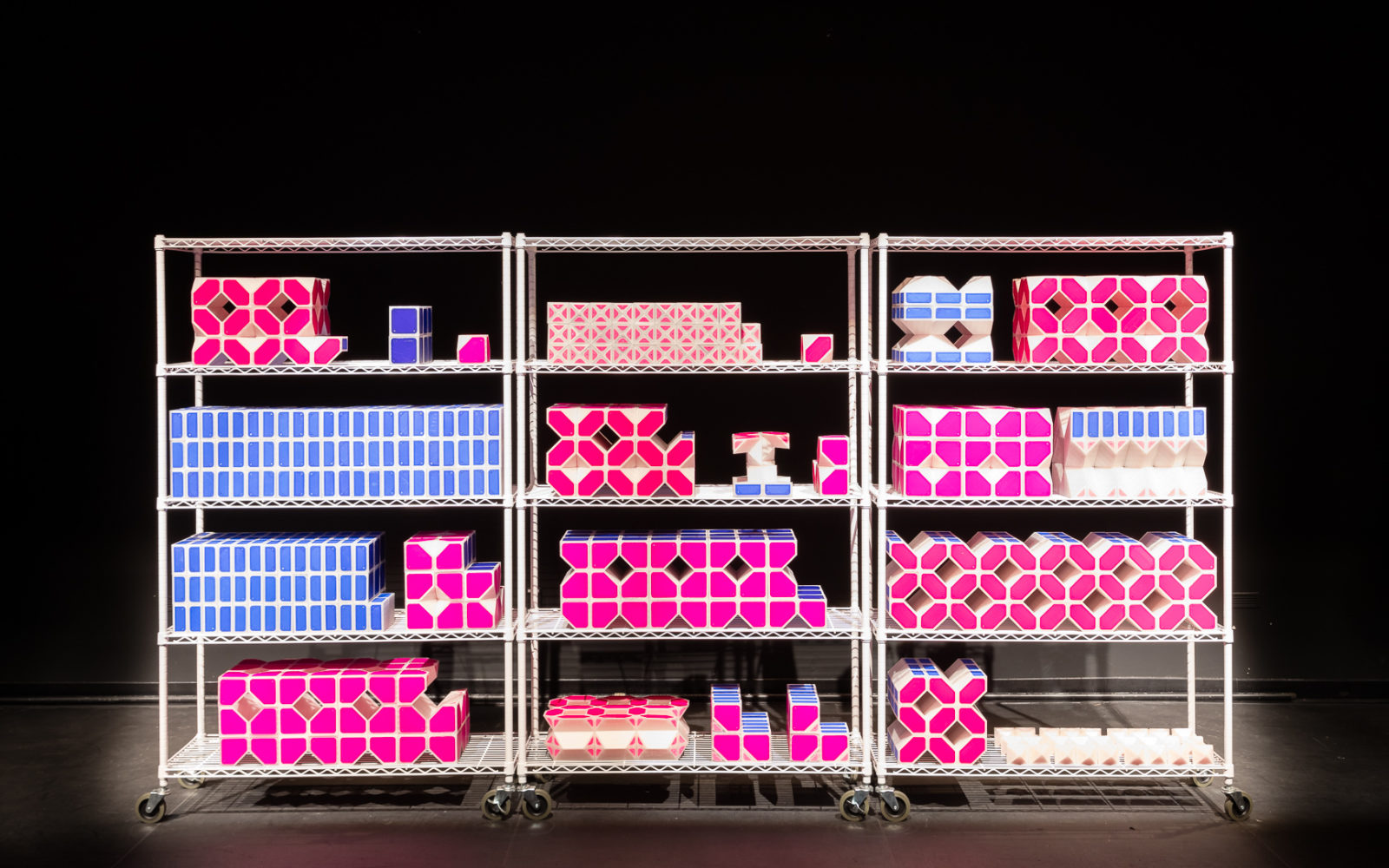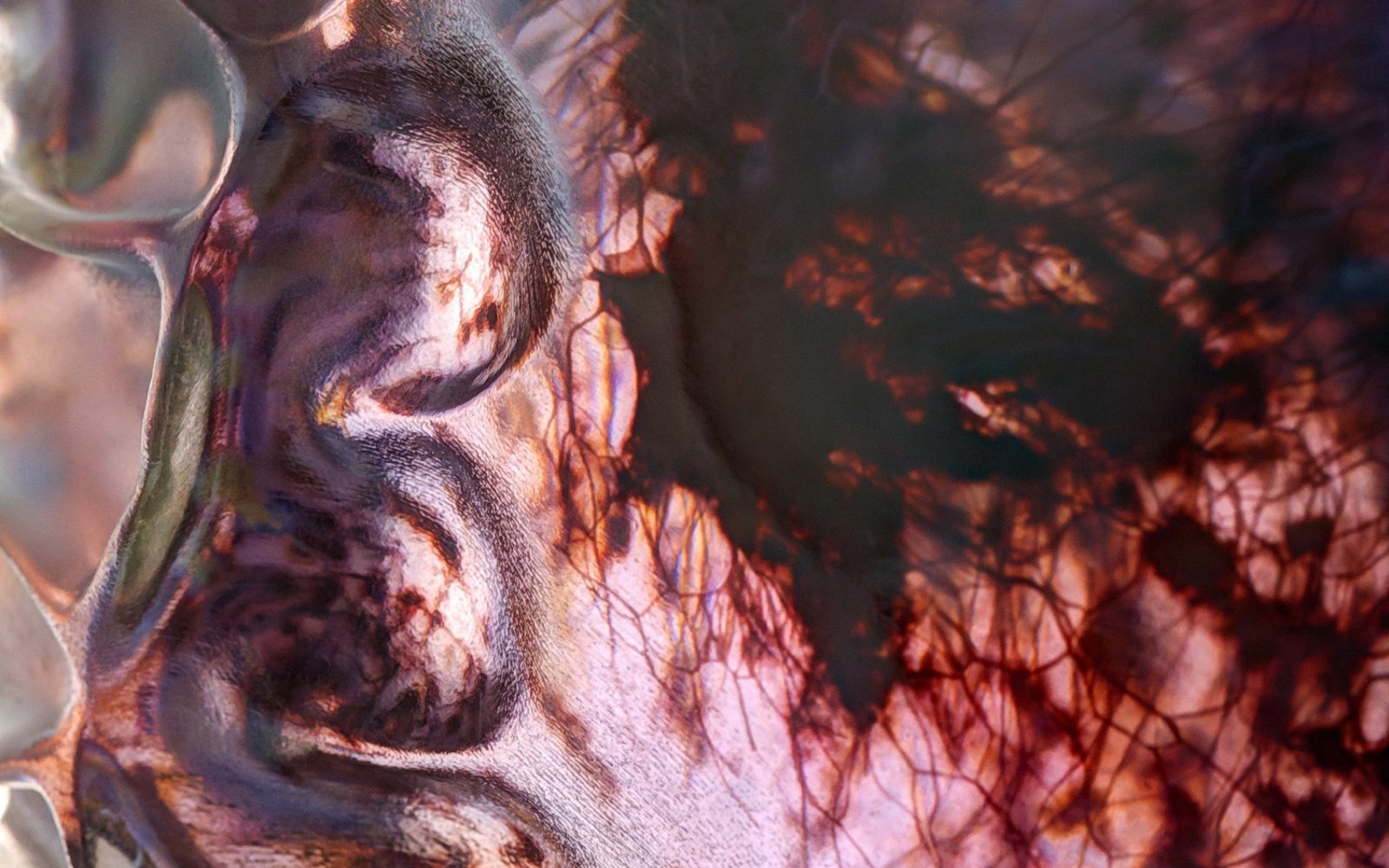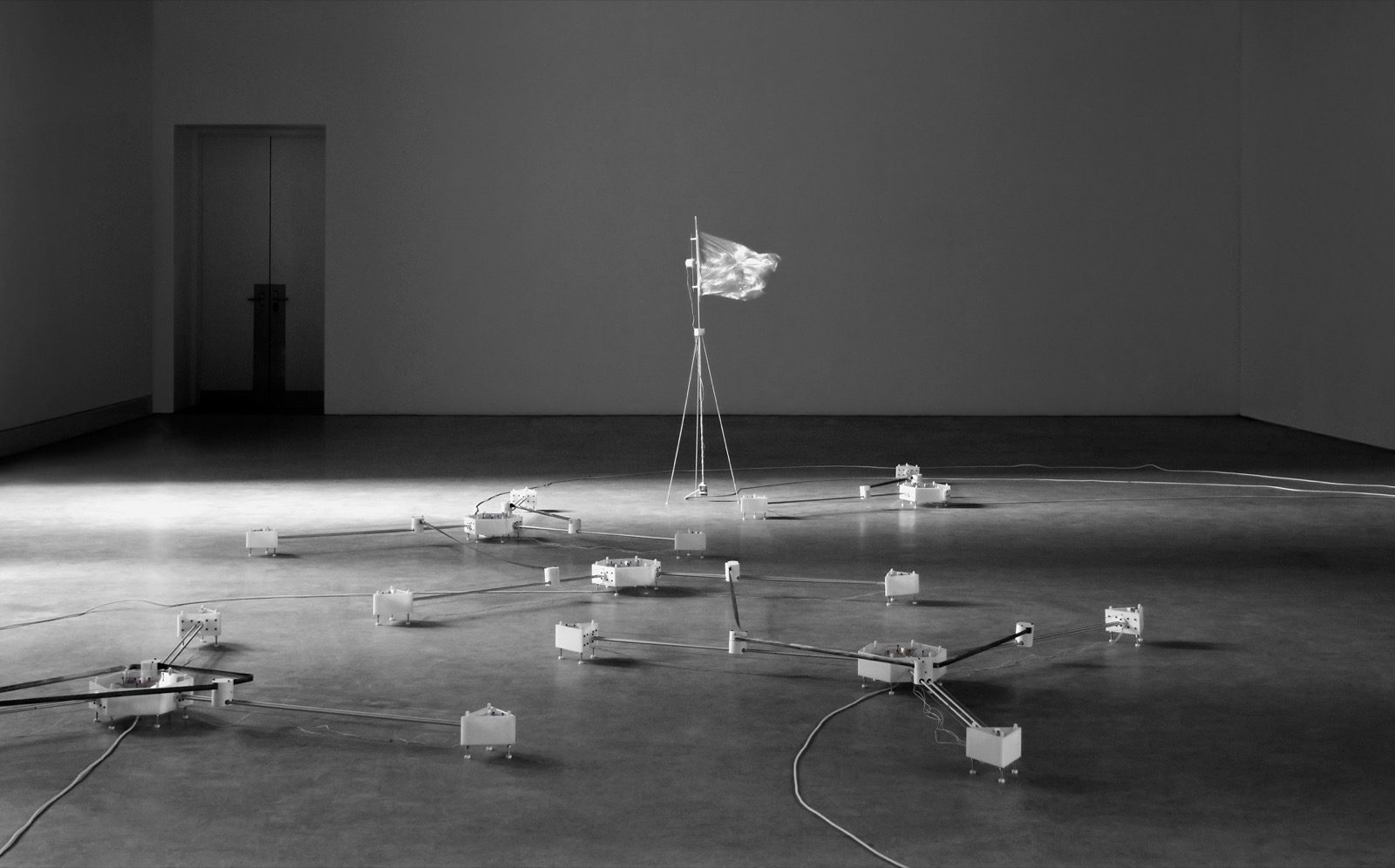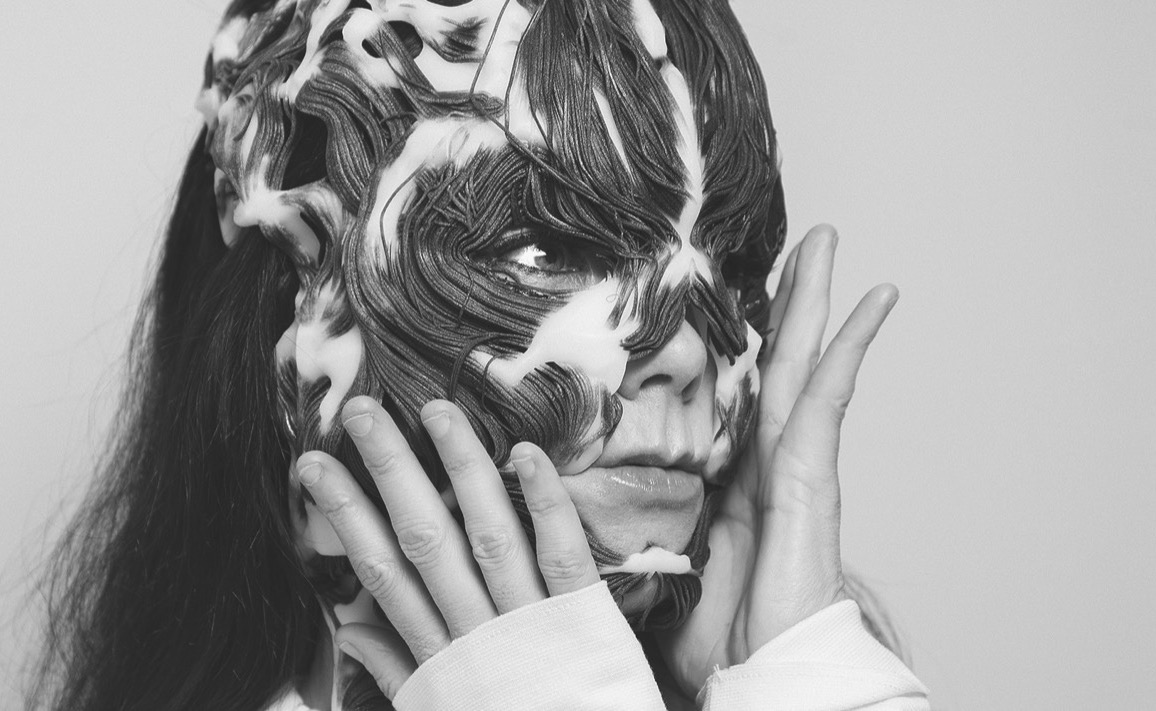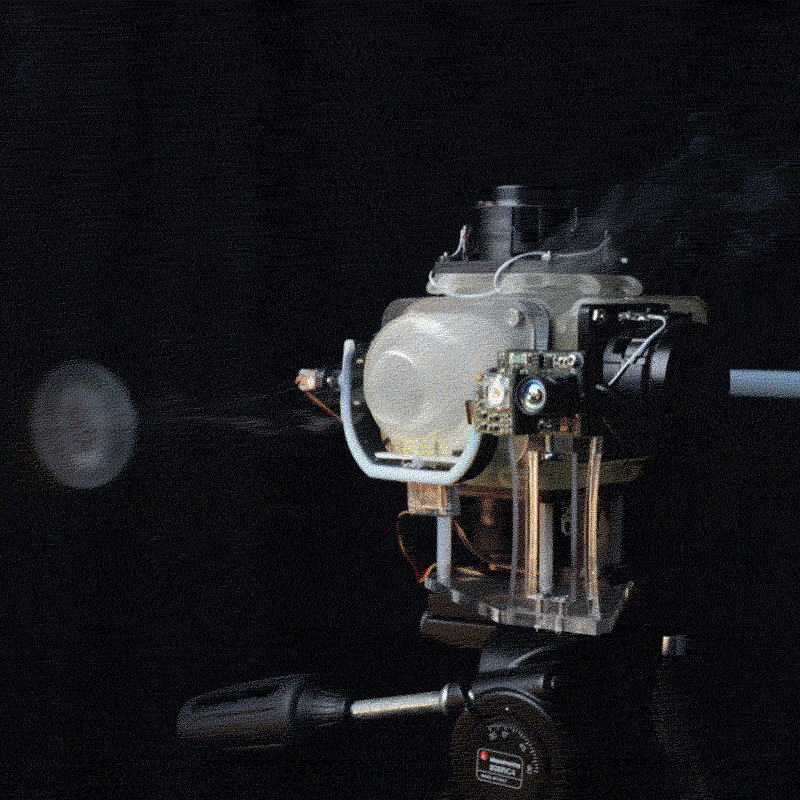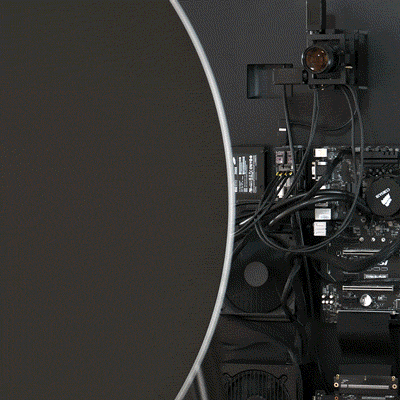/3d Printing (69)
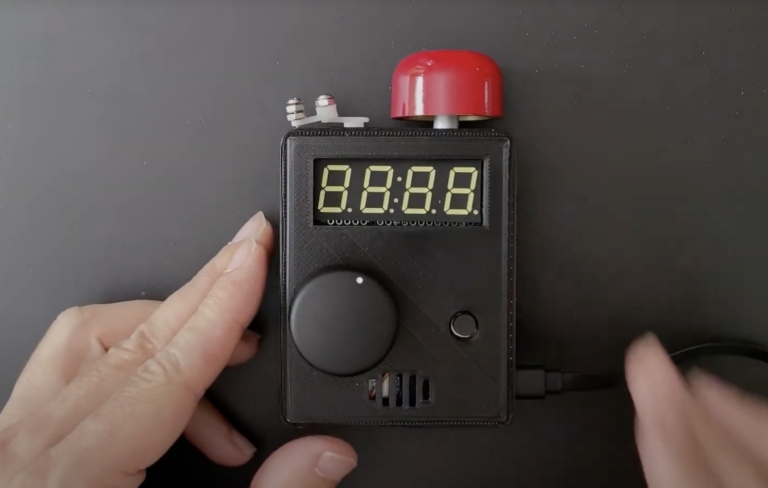
Created by Benedikt Groß, Maik Groß and Thibault Durand, Mind the “Uuh” is an experimental training device helping everyone to become a better public speaker. The device is constantly listening to the sound of your voice, aiming to make you aware of “uuh” fill words.
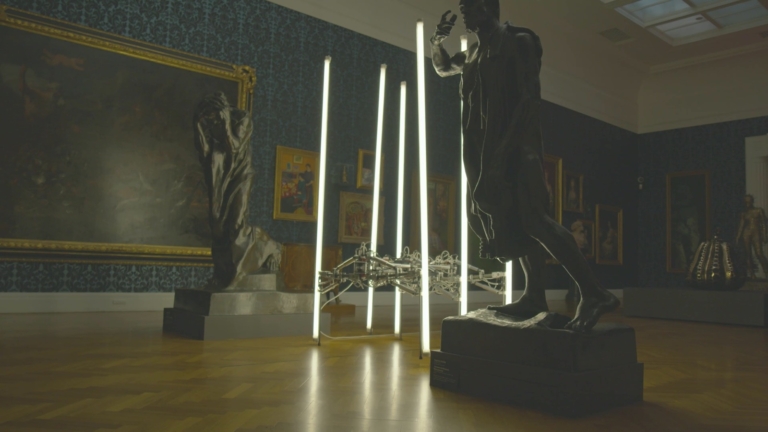
Created by Michael Candy, ‘Cryptid’ is an animatronic light sculpture that uses 18 linear actuators and open source Phoenix hexapod code to walk through a space. As human and robotic, natural and synthetic are increasingly amalgamated, the projects questions whether machines could be considered a subspecies.
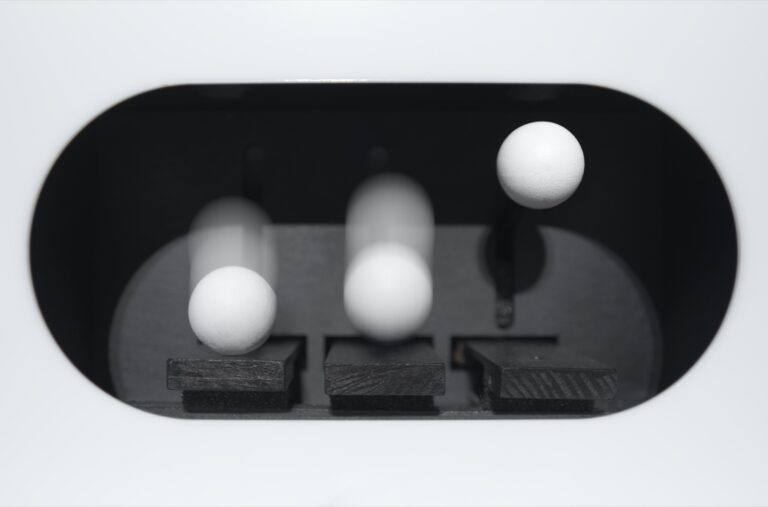
Created by panGenerator, “Icons” is an exhibition exploring our shared cultural “imaginarium” of digital gestures, symbols, and artefacts, dragging them out onto a physical space, enabling audiences a direct, tactile confrontation and – also literally – a different visual perspective.
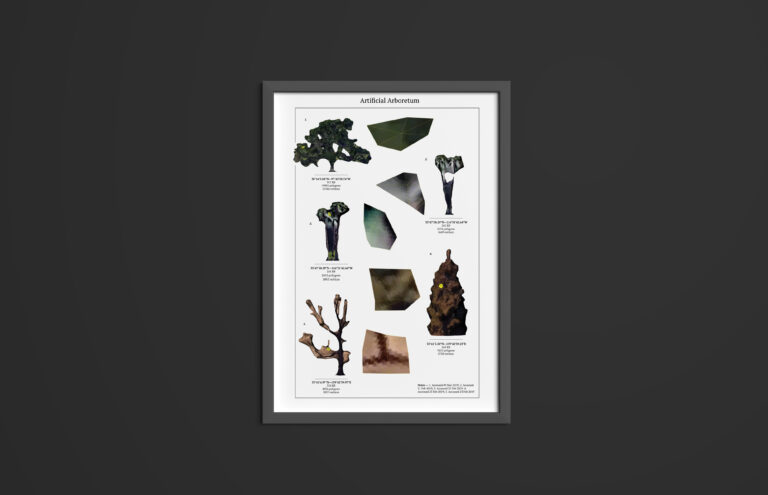
‘Artificial Arboretum‘ by Jacqueline Wu is a project exploring the preservation, study, and public display of “photogrammetrees” found in Google Earth. The collection includes a range of diverse species harvested from their rendered world using the same tools and techniques that created them.
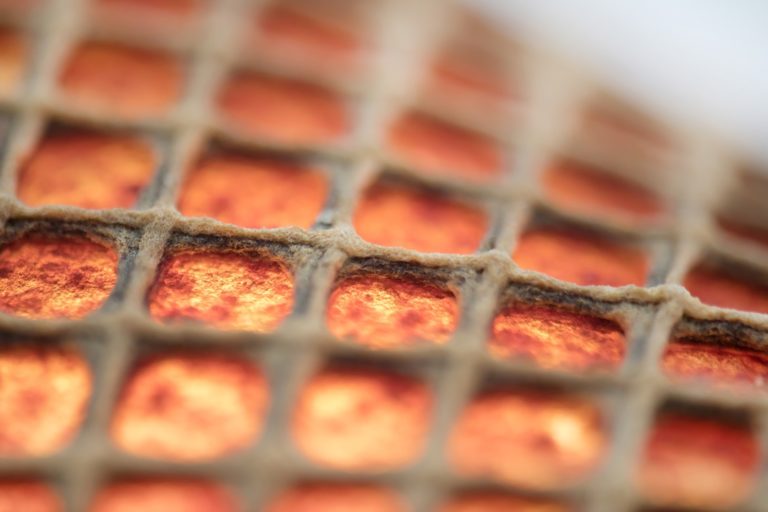
Sorry, this is Members Only content. Please Log-in. Join us today by becoming a Member. • Archive: Access thousands of projects, scores of essays, interviews and reviews.• Publish: Post your projects, events, announcements.• Discuss: Join our Discord for events, open calls and even more projects.• Education: Tutorials (beginners and advanced) with code examples and downloads.•…
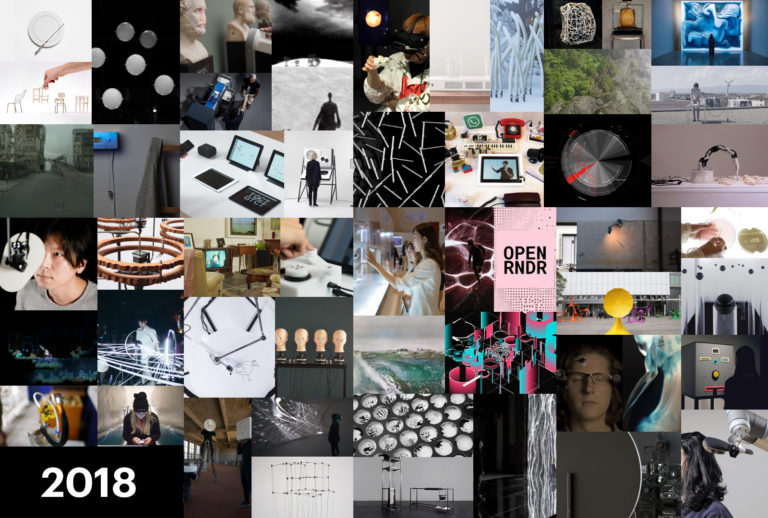
As 2018 comes to a close, we take a moment to look back at the outstanding work done this year. From spectacular machines, intricate tools and mesmerising performances and installations to the new mediums for artistic enquiry – so many great new projects have been added to the CAN archive! With your help we selected some favourites.
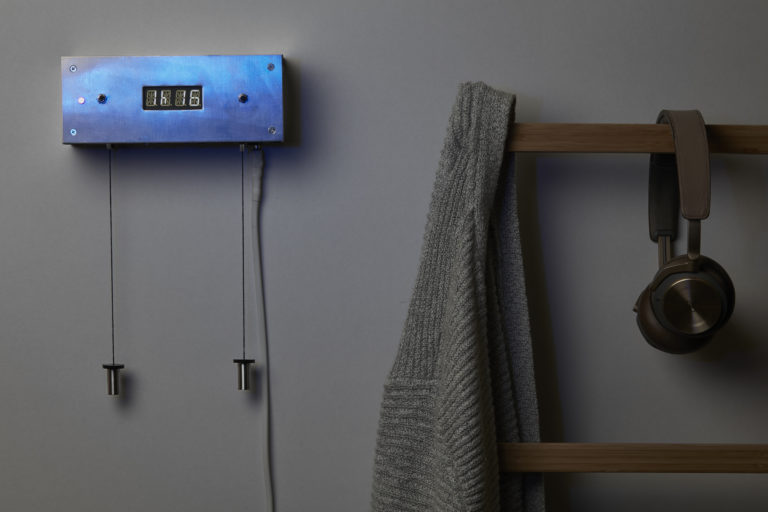
Created by Giulio Barresi at ECAL (Media and Interaction Design Unit), Connected Tools is a series of objects that explore alternative rituals that could lead to a more reasonable consumption of mobile technologies.
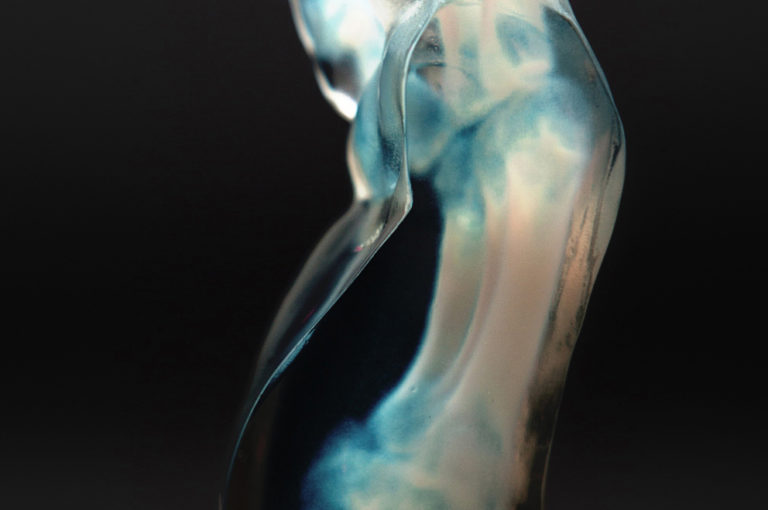
Developed by the team at the MIT Media Lab’s Mediated Matter research group, the following research demonstrates multimaterial voxel-printing method that enables physical visualisation of volumetric data.
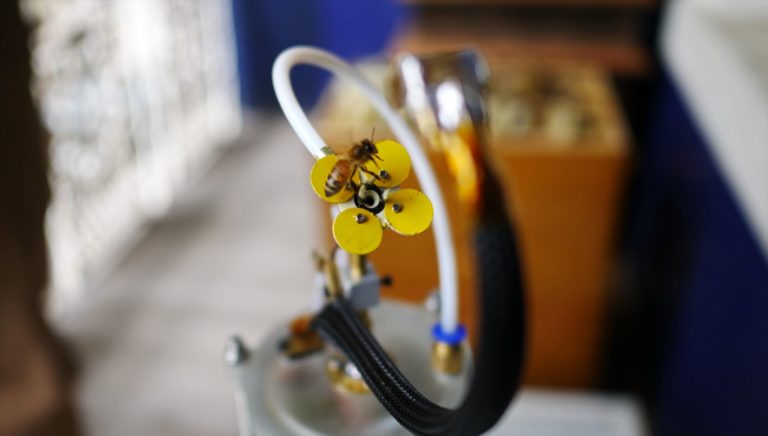
Created by Michael Candy, “Synthetic Pollenizer” is a conceptual intervention in real-world ecological systems using artificial flowers. Inspired by natural pollenizers, these robotic replicas artificially pollinate bees, integrating into the reproductive cycle of local flora; an initiative into a cybernetic ecology.
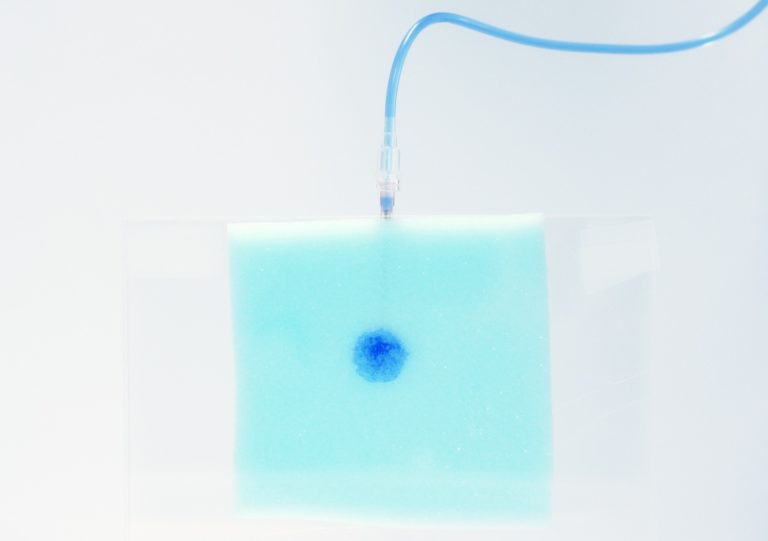
Ideated during a five days workshop held by Covestro in cooperation with the architecture faculty of the FH Münster MSA, InFoam Printing is a novel production process to alter the properties of flexible foam by giving it a skeleton which is able to distribute forces differently and create new kinetic effects.
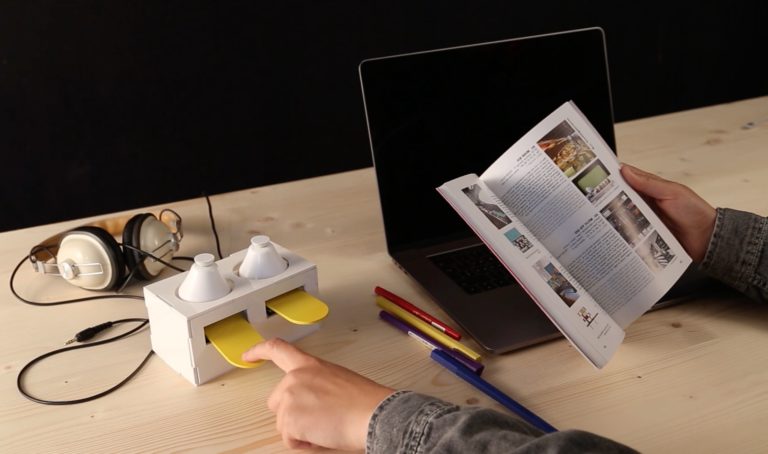
Created by Elise Migraine at ECAL, “Twin Objects” is a collection of devices (Tits Me, Pianoze, and Dual Drums) designed to act as a ‘hotline’ in attempt to nurture intimacy and telepresence that long-distance relationships need.
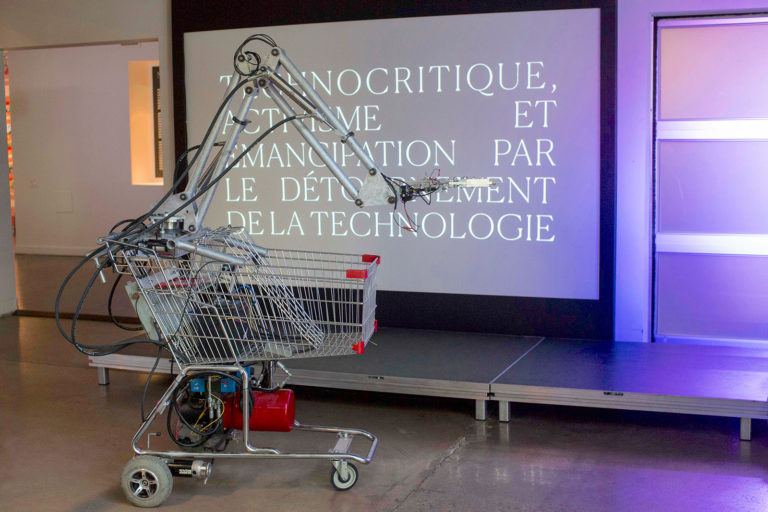
The 2017 edition of Eastern Bloc’s Sight + Sound festival put ‘capital I’ innovation in its cross-hairs and pulled the trigger. We journeyed to Montreal to its flagship exhibition and assess its spectrum of ‘non-compliant futures.’
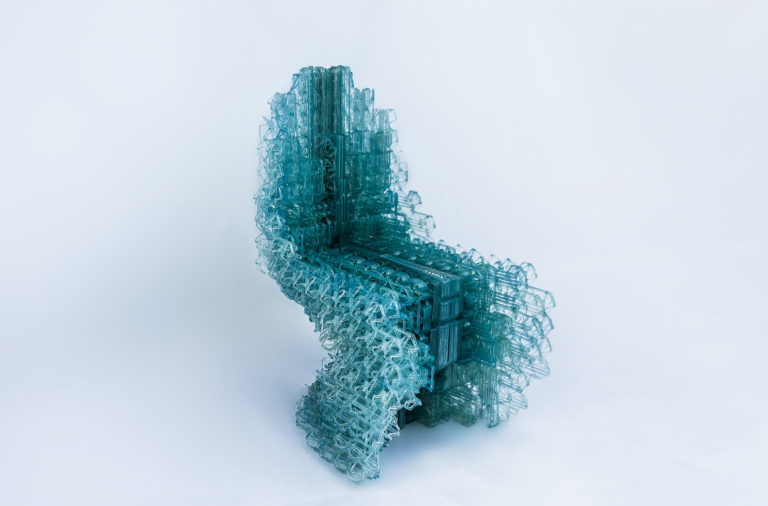
Created by Manuel Jiménez Garcia and Gilles Retsin, ‘Voxel Chair’ is a first prototype designed using a new design software specifically developed for robotic 3D-Printing which rather than using pre-defined forms and then “slicing” these it into toolpaths or triangular patterns, allows to design and control thousands of line-fragments.
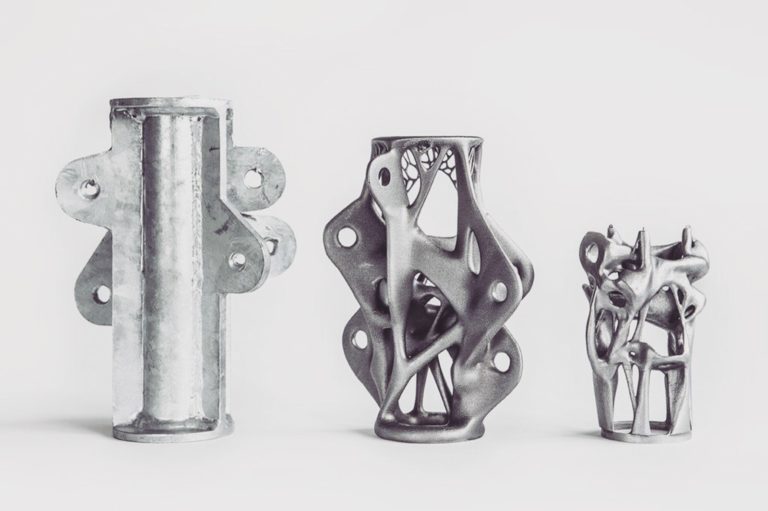
Unhanded was a symposium about ‘making under the influence of digitalism’ that took place in Ottawa last September. CAN was on hand to facilitate one of the discussions, and to mark the publication of the videos online we offer some highlights and thoughts on the proceedings.
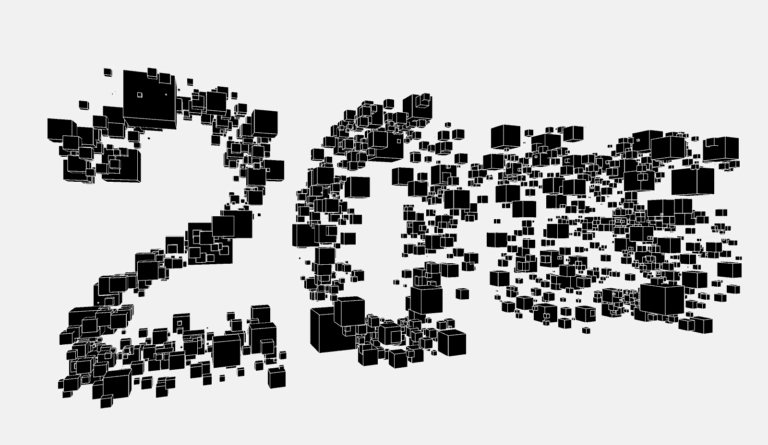
At its best, creative inquiry offers intellectual nourishment, empowerment and solace. At the end of 2016, we need all of those, which is why remembering – and celebrating – the outstanding work done this year is all the more important. Over the past twelve months we’ve added more than 100 projects to our archive – and with your help we’ve selected the favourite ones!
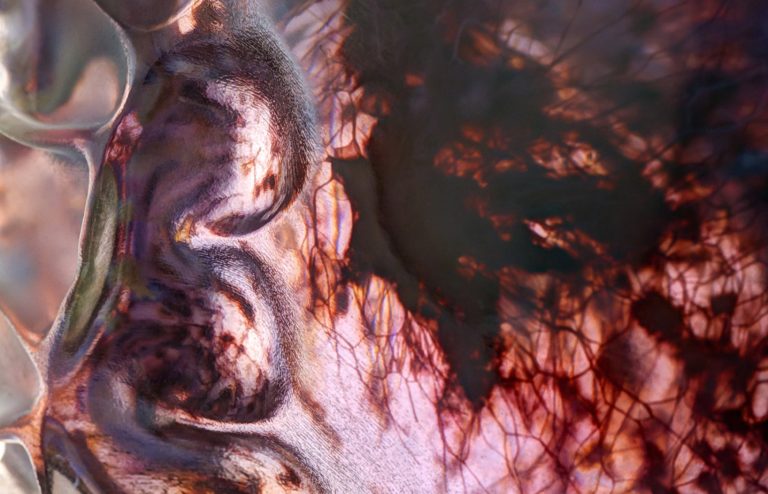
Developed at the MIT Media Lab’s Mediated Matter Group, ‘Data-Driven Material Modeling’ refers specifically to the process of the creation of high-resolution, geometrically complex, and materially heterogeneous 3D printed objects at product scale.
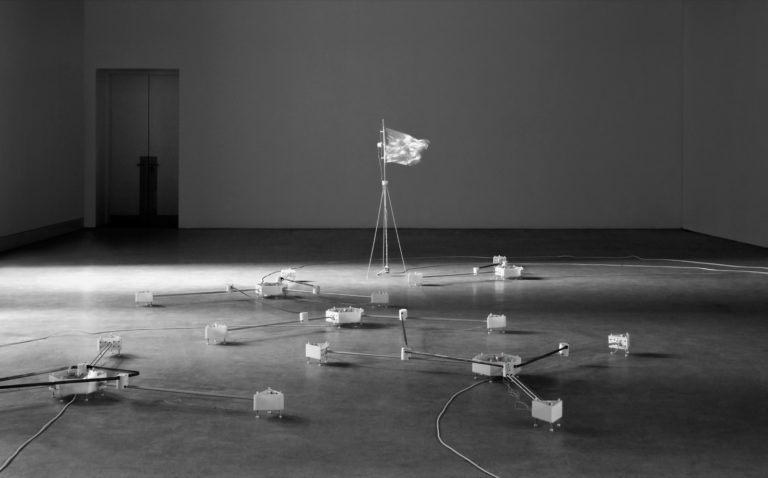
Created by Luiz Zanotello, The Aerographer is an installation that explores the state of uncertainty in times of ubiquitous technological mediation, borders among territories and boundaries among bodies.
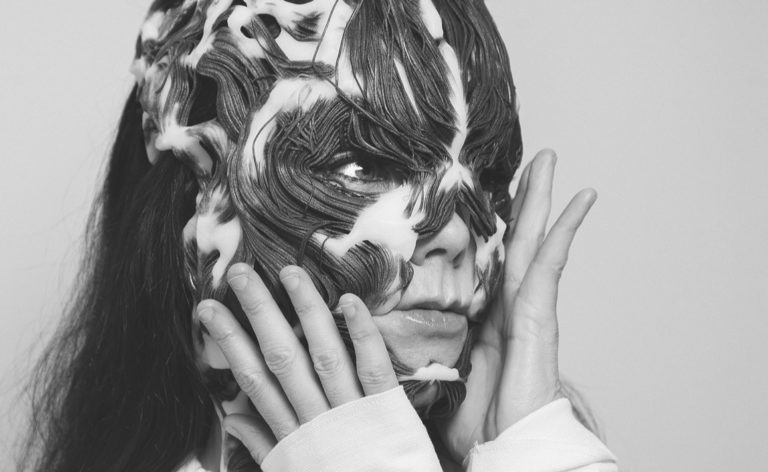
Designed by the Mediated Matter Group in collaboration with Stratasys and inspired by her most recent album—Vulnicura, The Rottlace is a series of masks for Björk, exploring the themes associated with self-healing and expressing ‘the face without a skin’.

Created as a collaboration between Mediated Matter Group (MIT Media Lab) and the Glass Lab (MIT), GLASS G3DP is a additive manufacturing process that enables 3d printing of optically transparent glass that also allows tunability by geometrical and optical variation that drives form, transparency, color variation, reflection and refraction in all things glass.
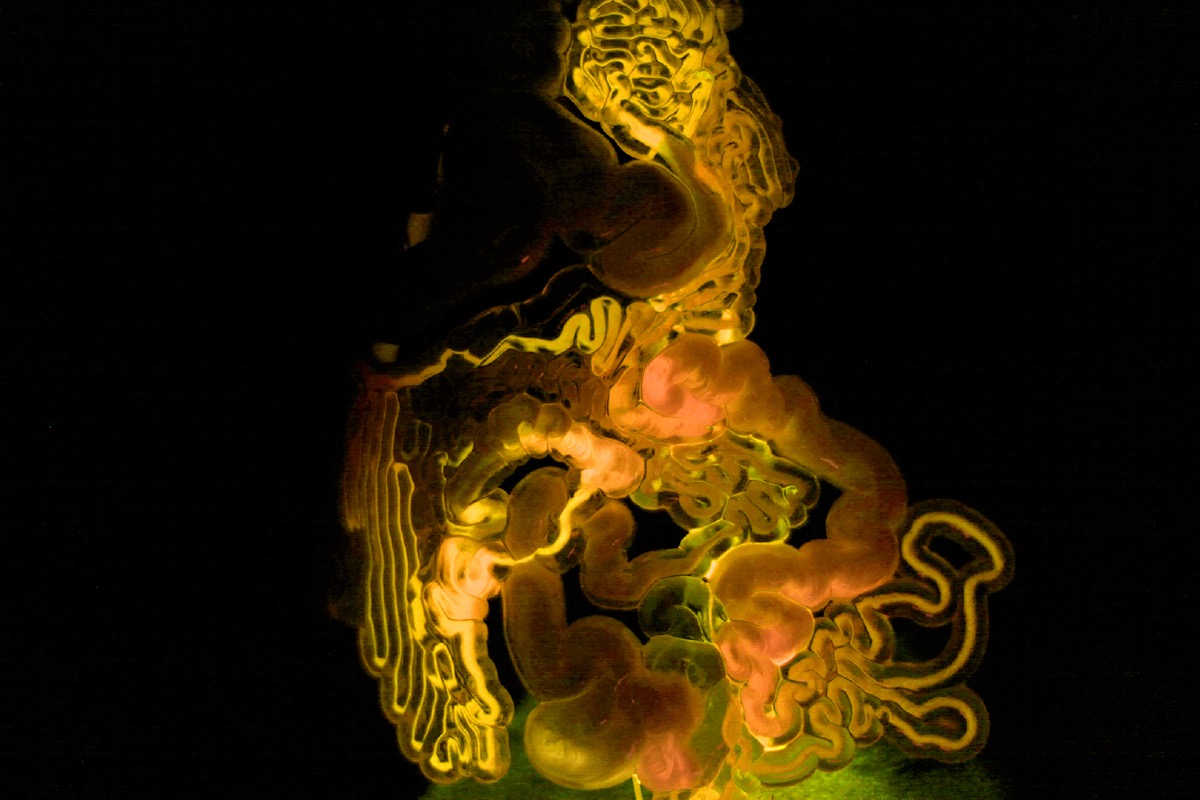
Developed at the MIT Media Lab’s Mediated Matter group, Living Mushtari is a 3D printed wearable with 58 meters of internal fluid channels designed to function as a wearable microbial factory that uses synthetic microorganisms to convert sunlight into useful products for the wearer.

